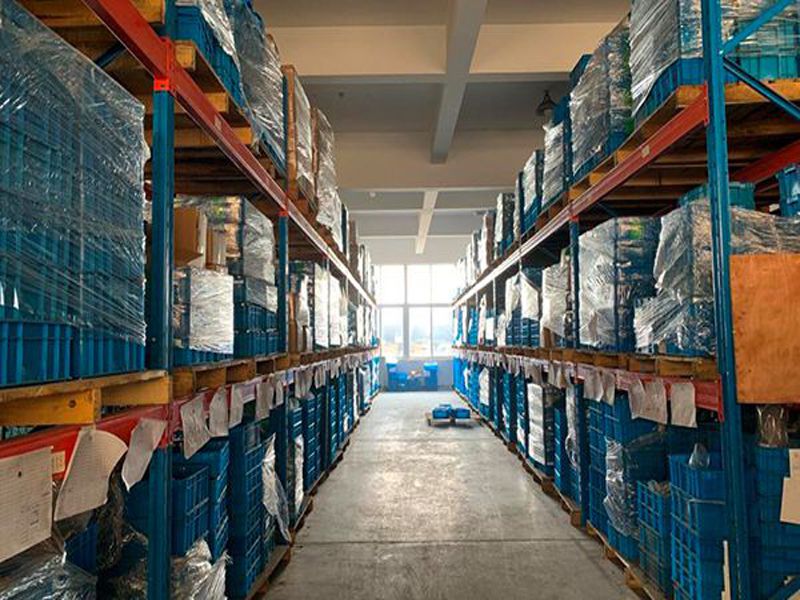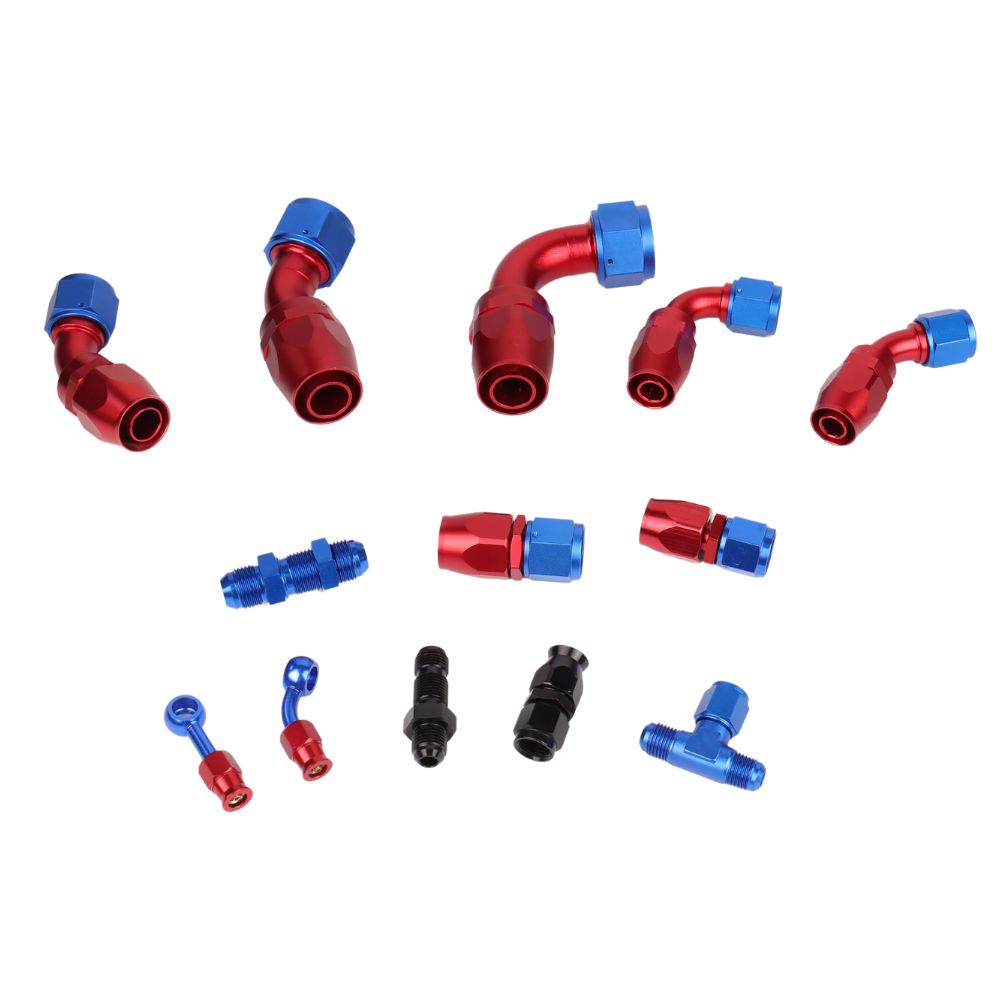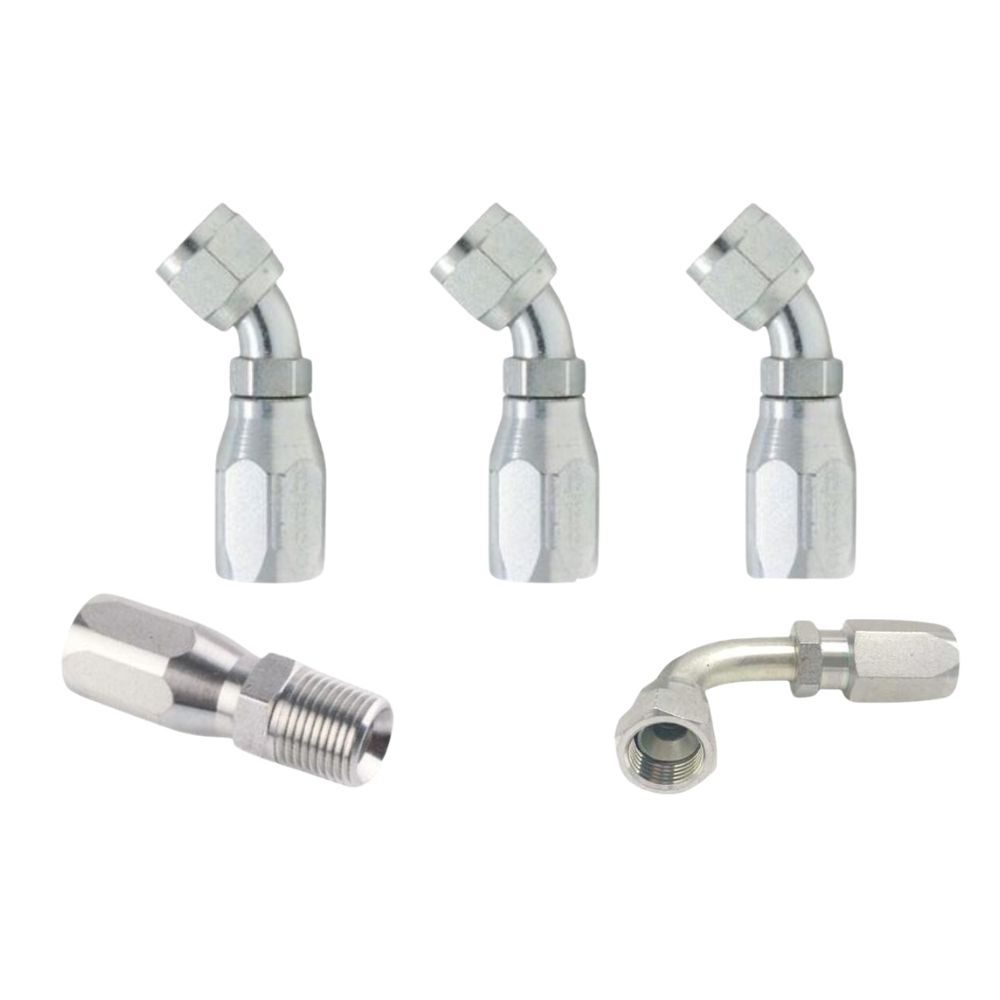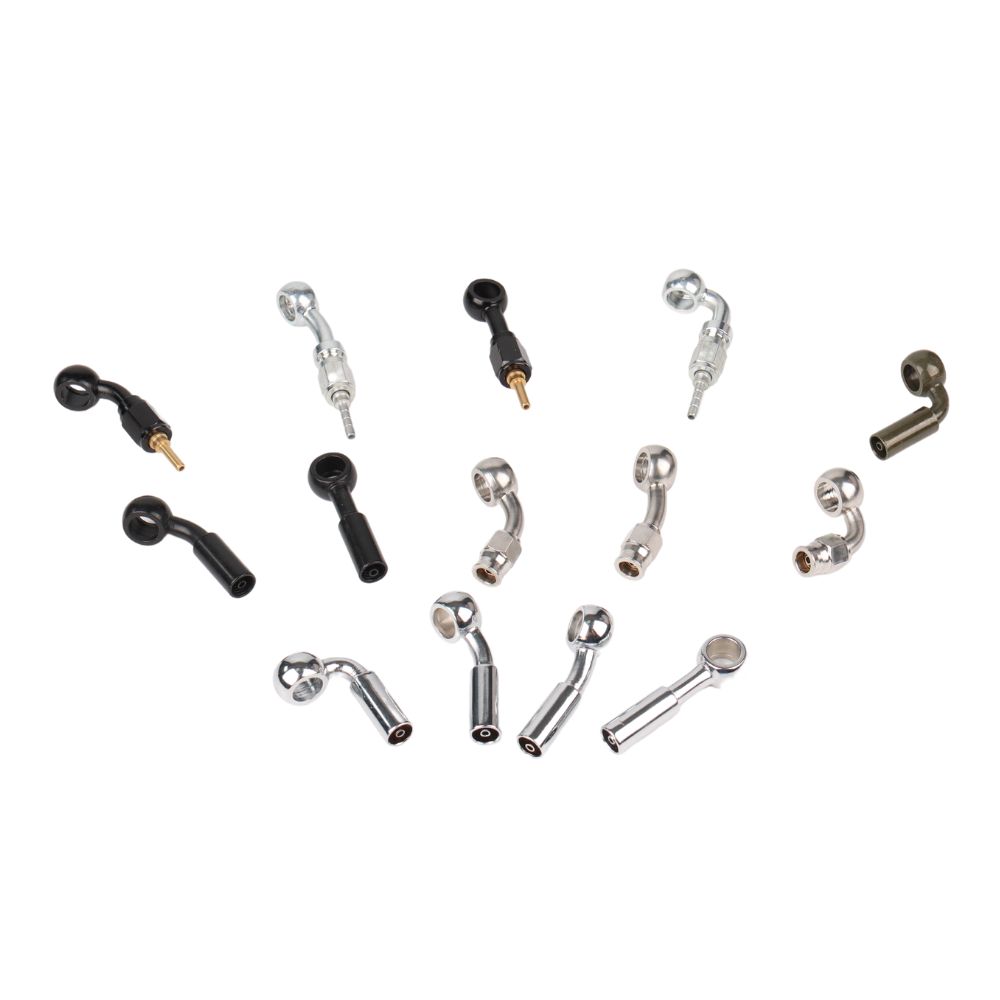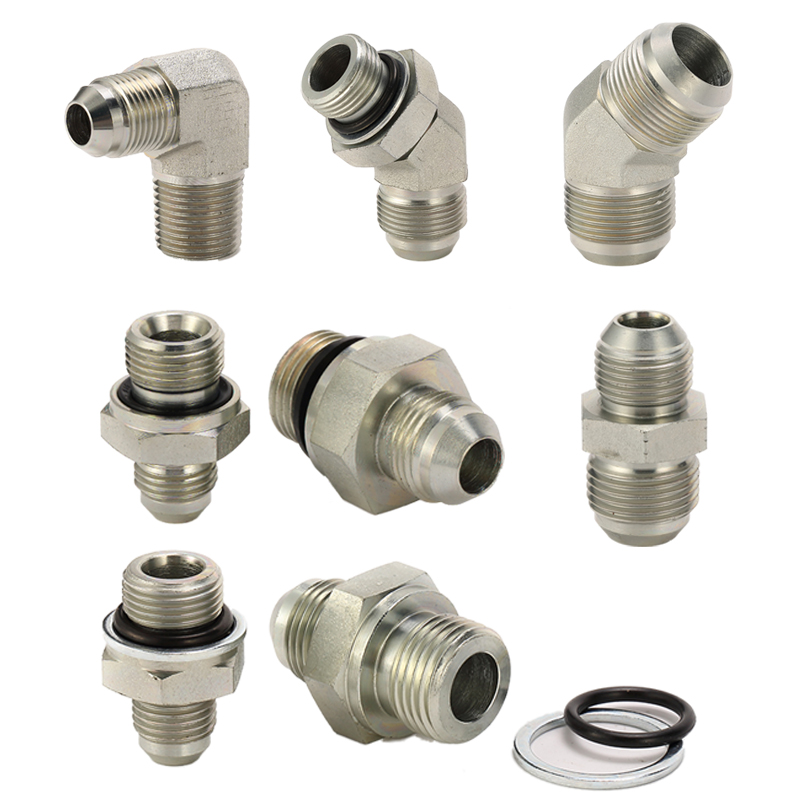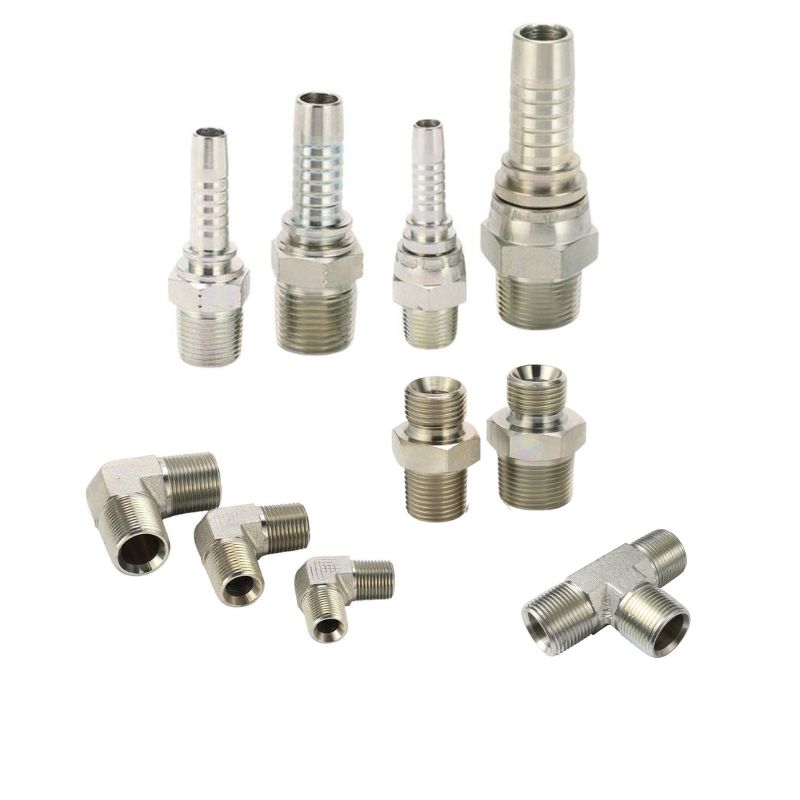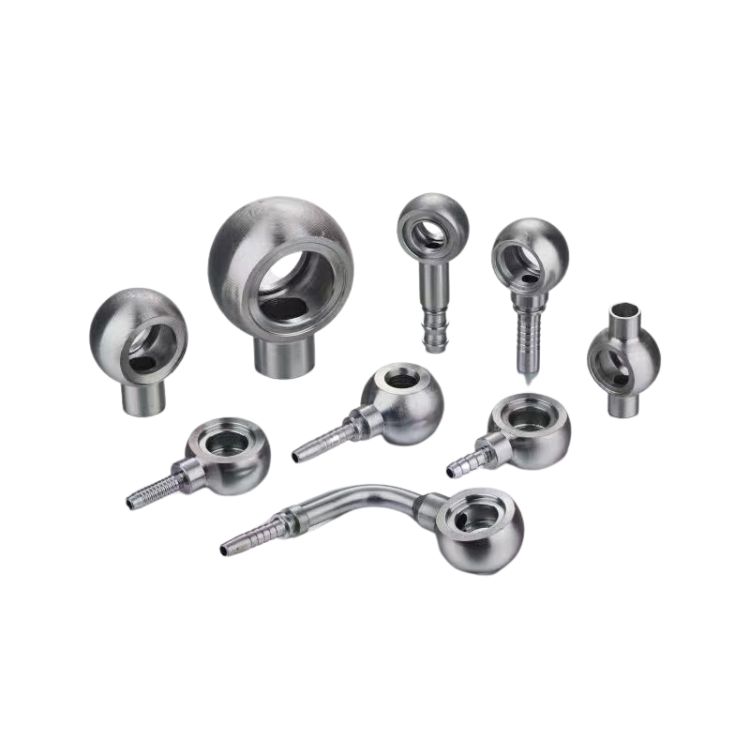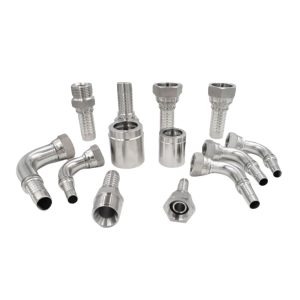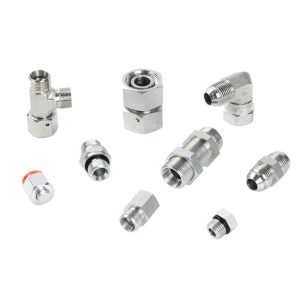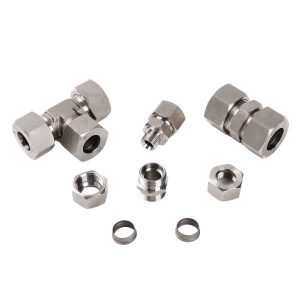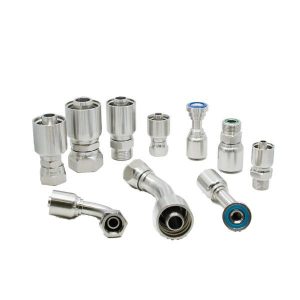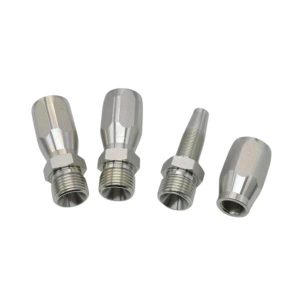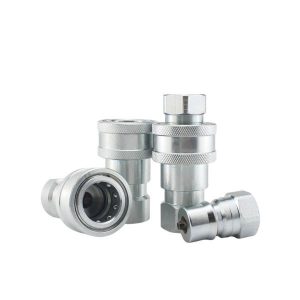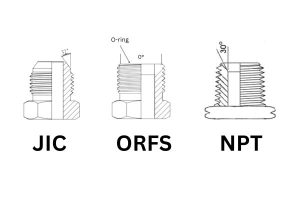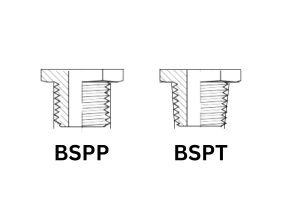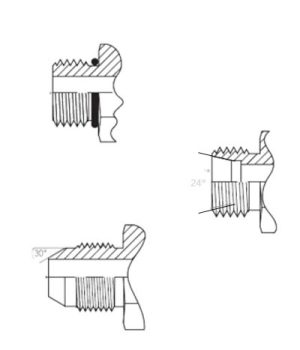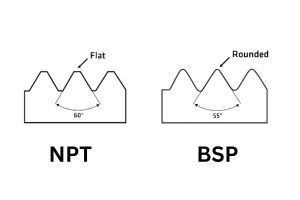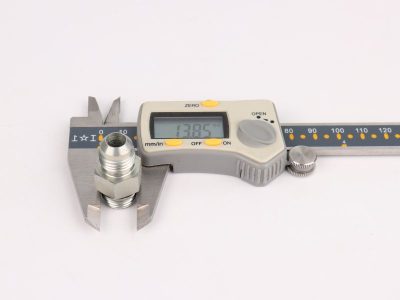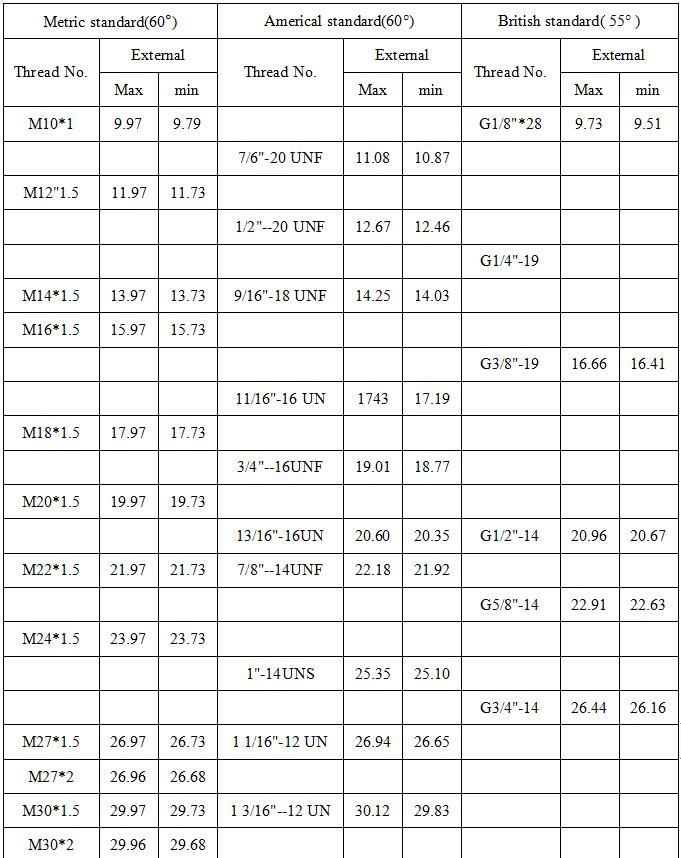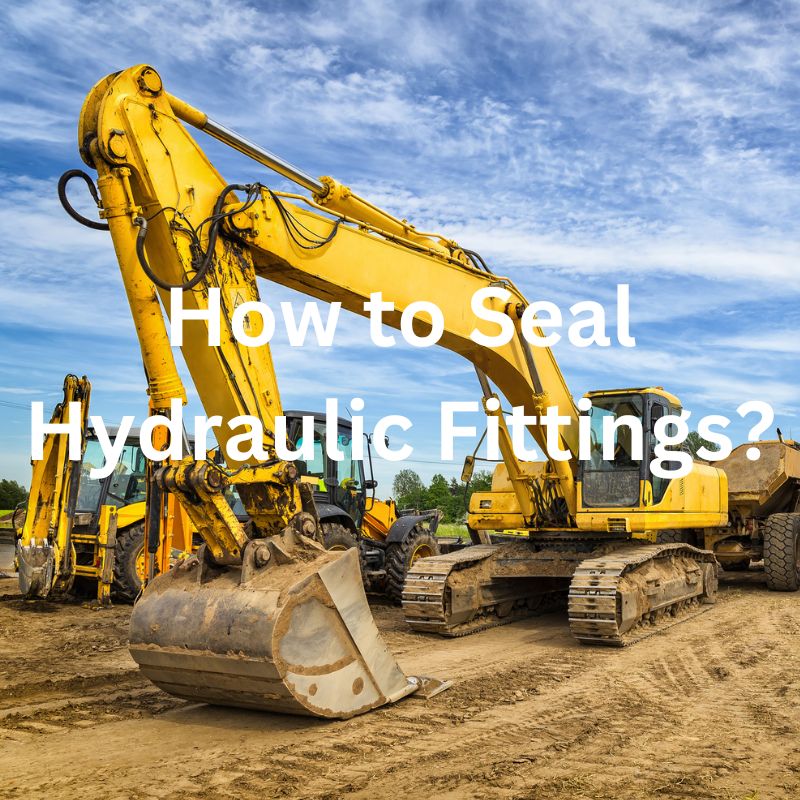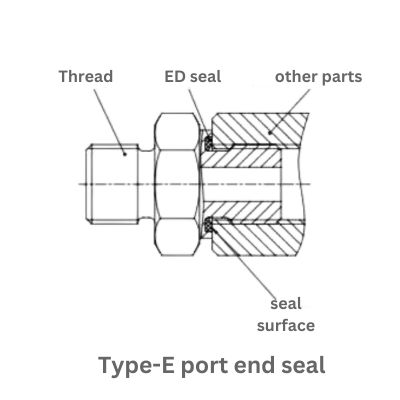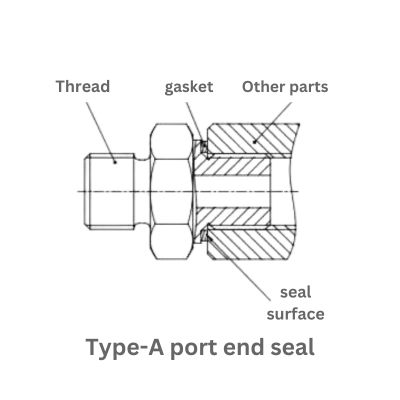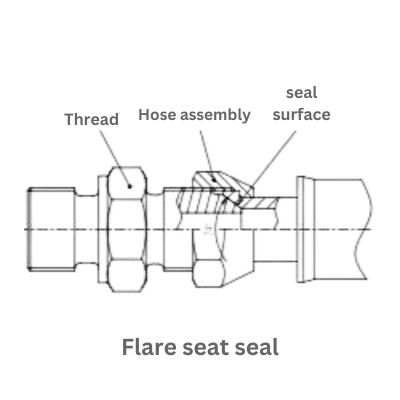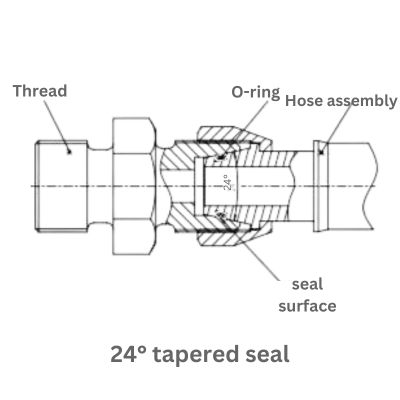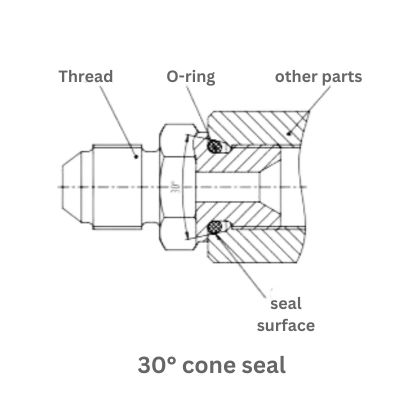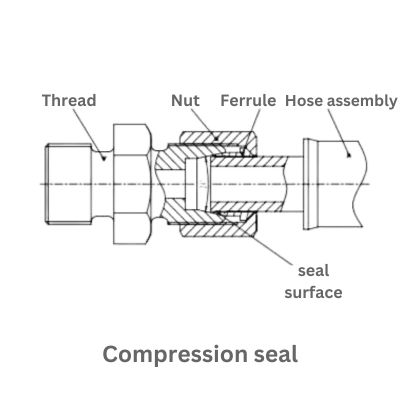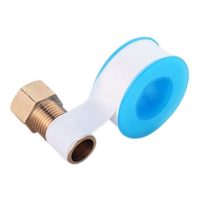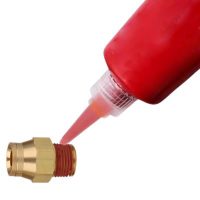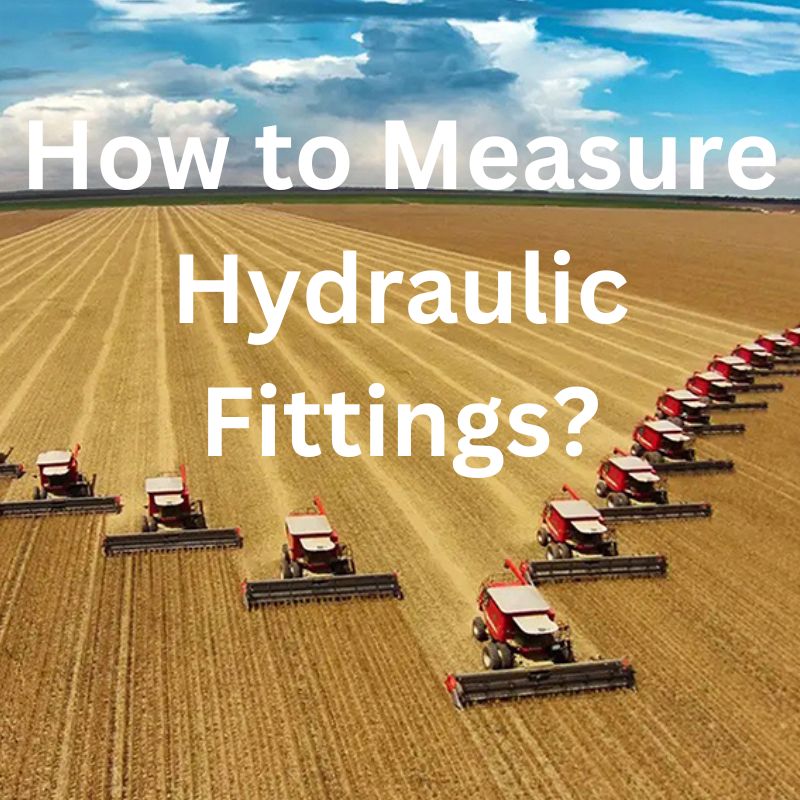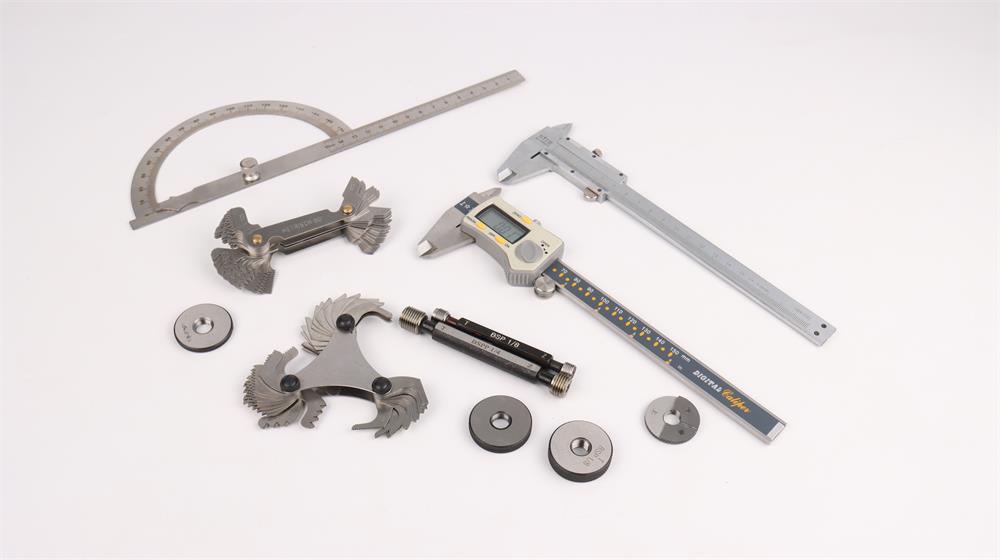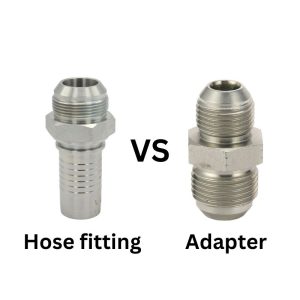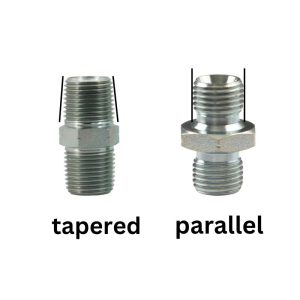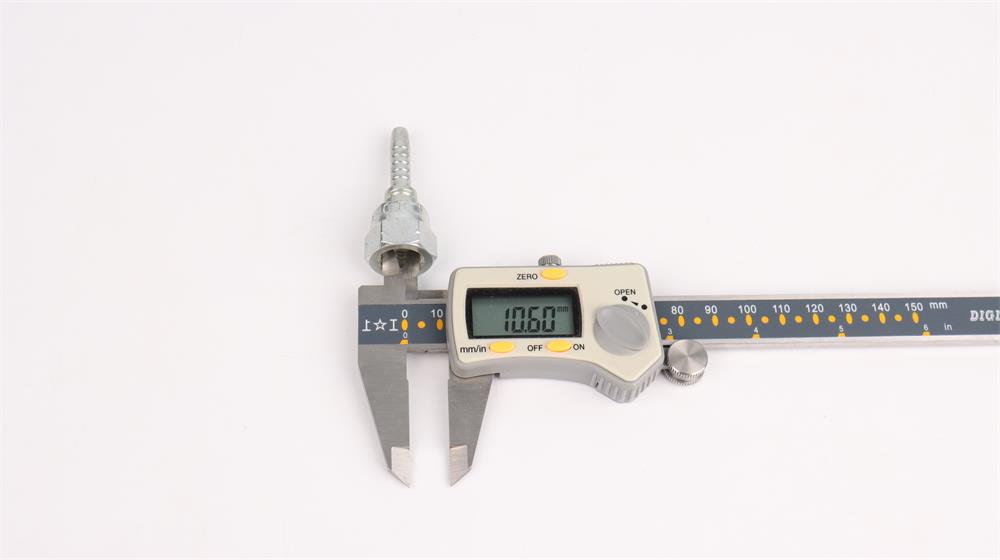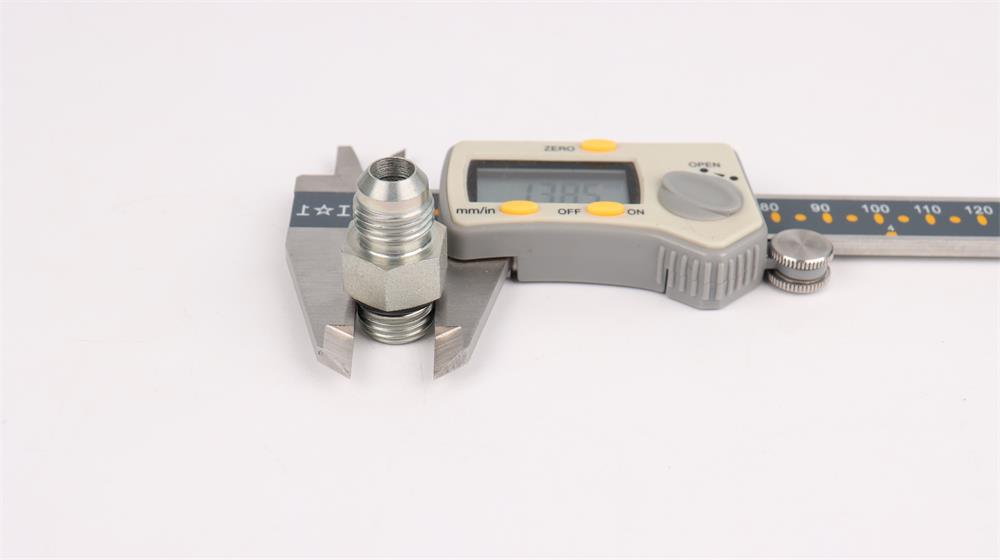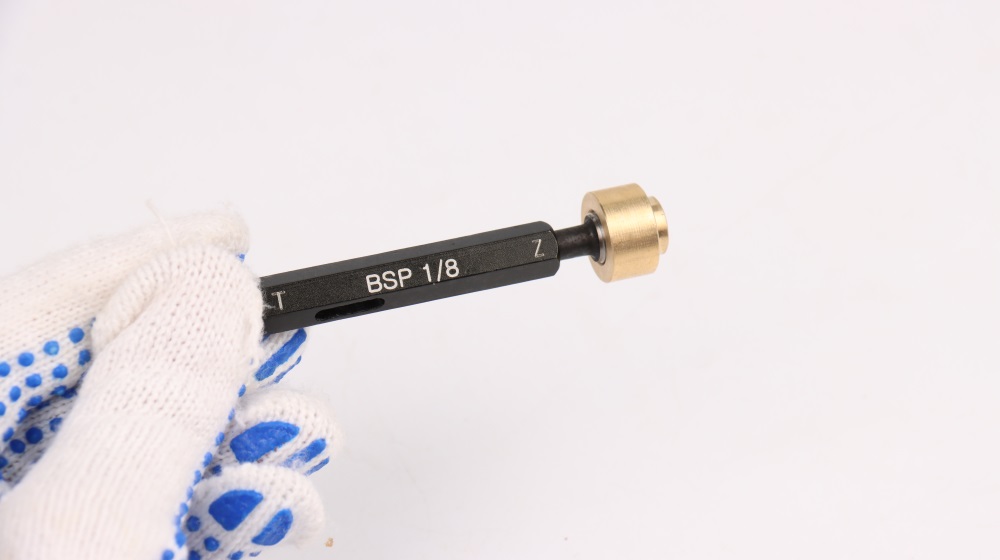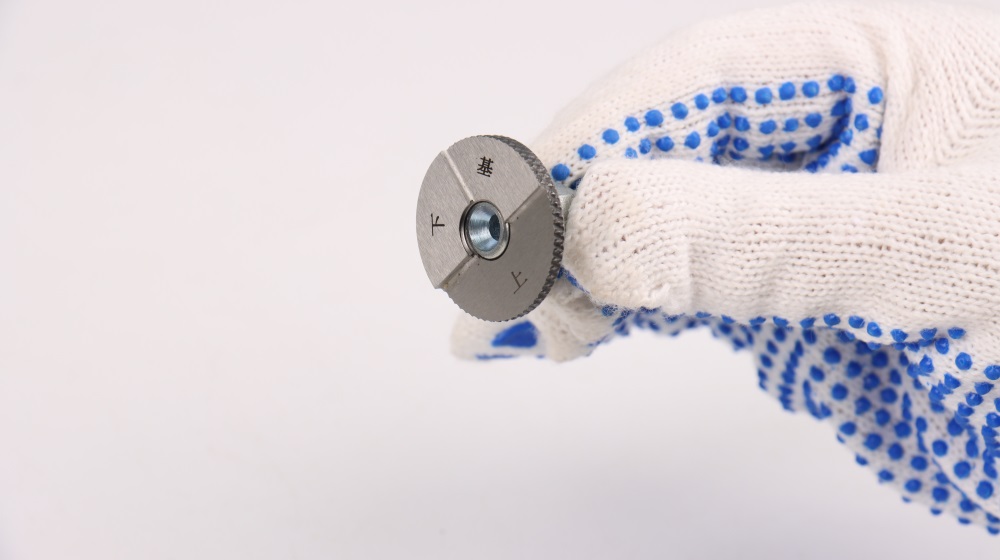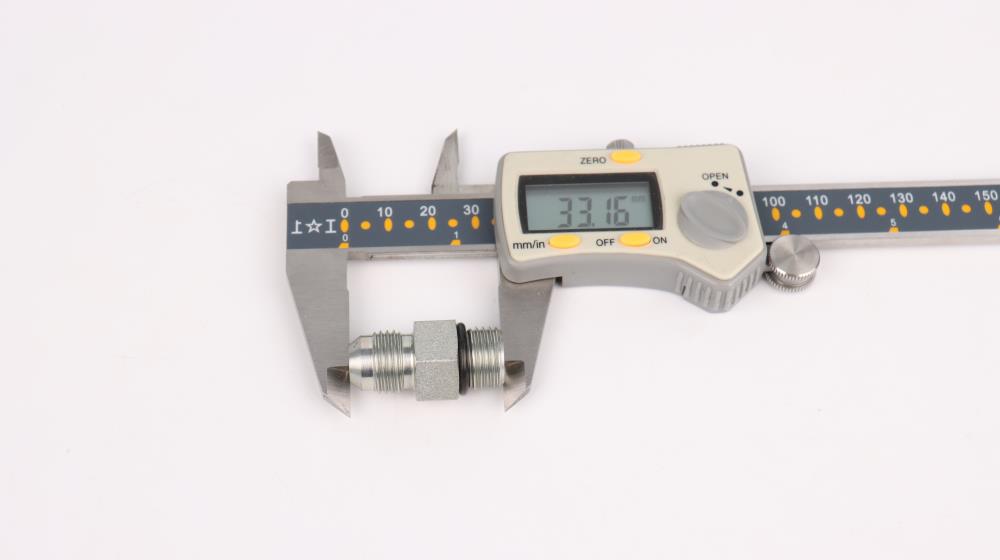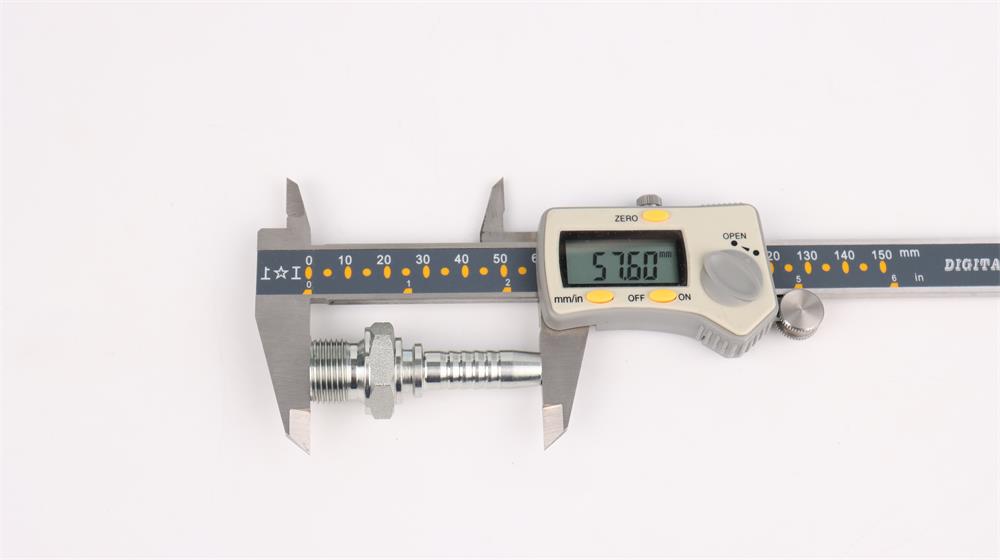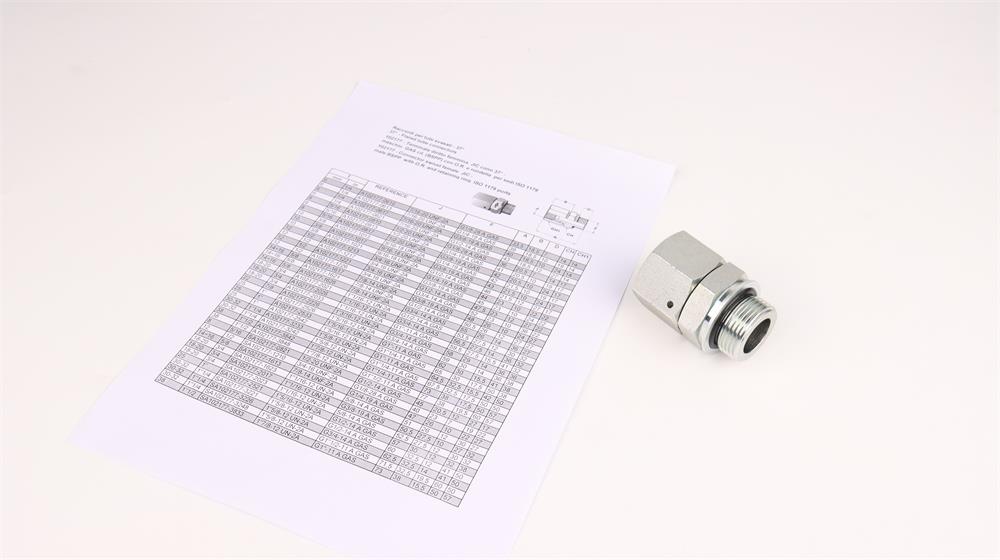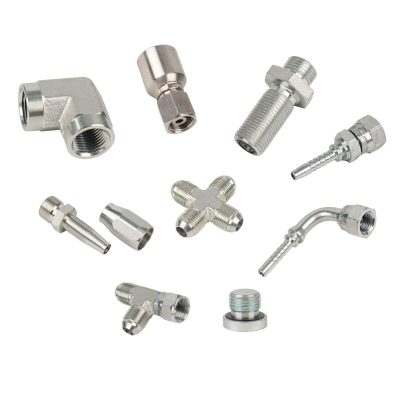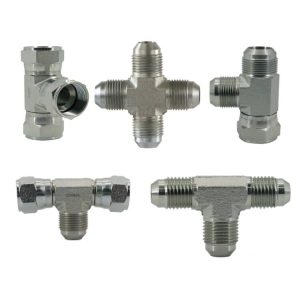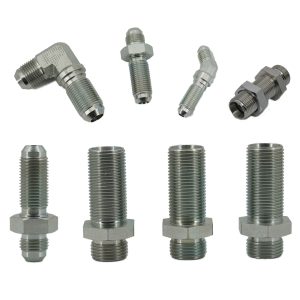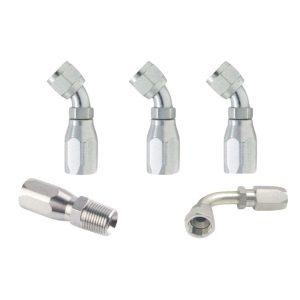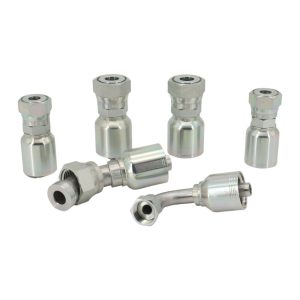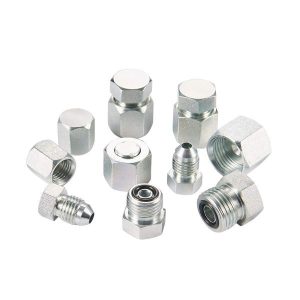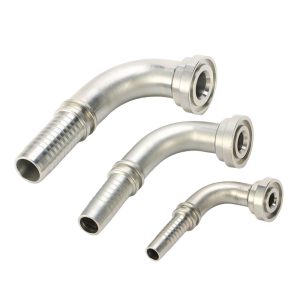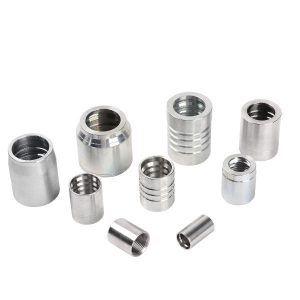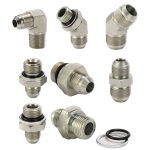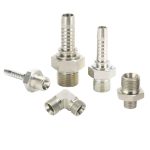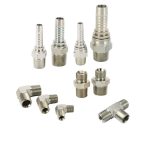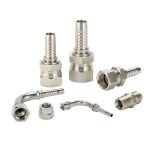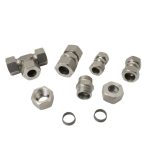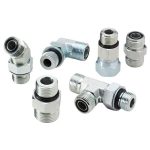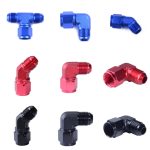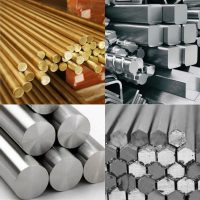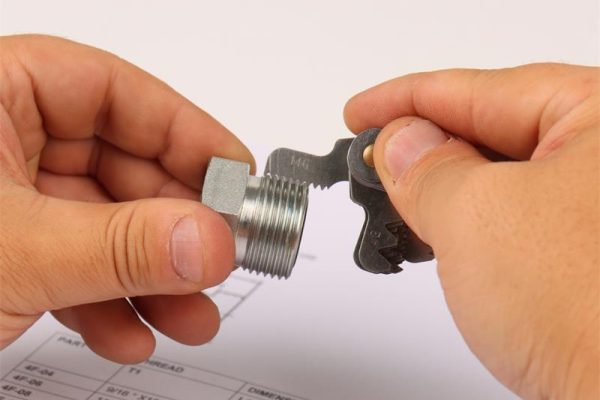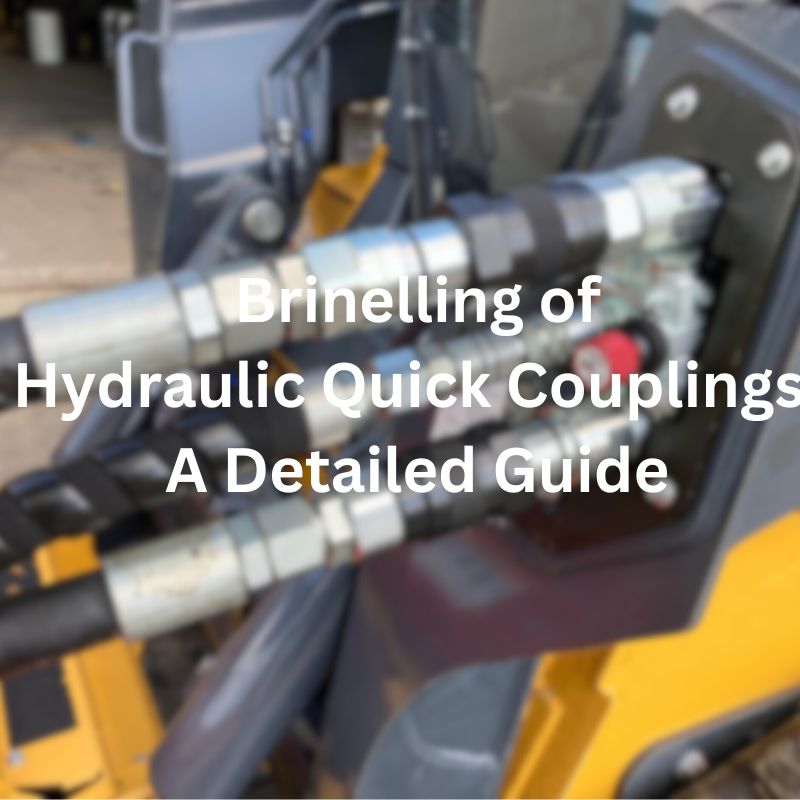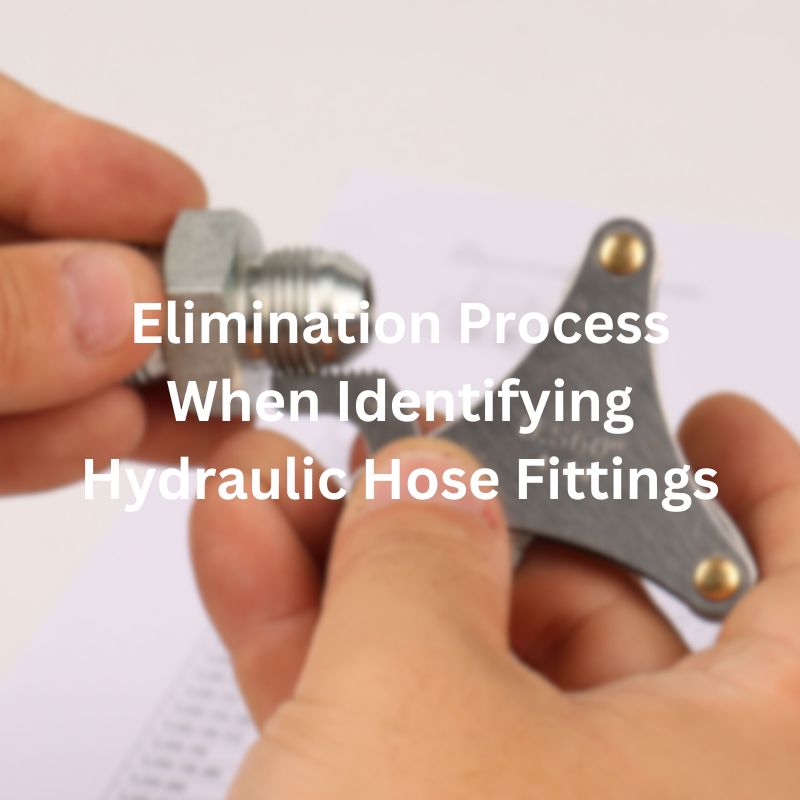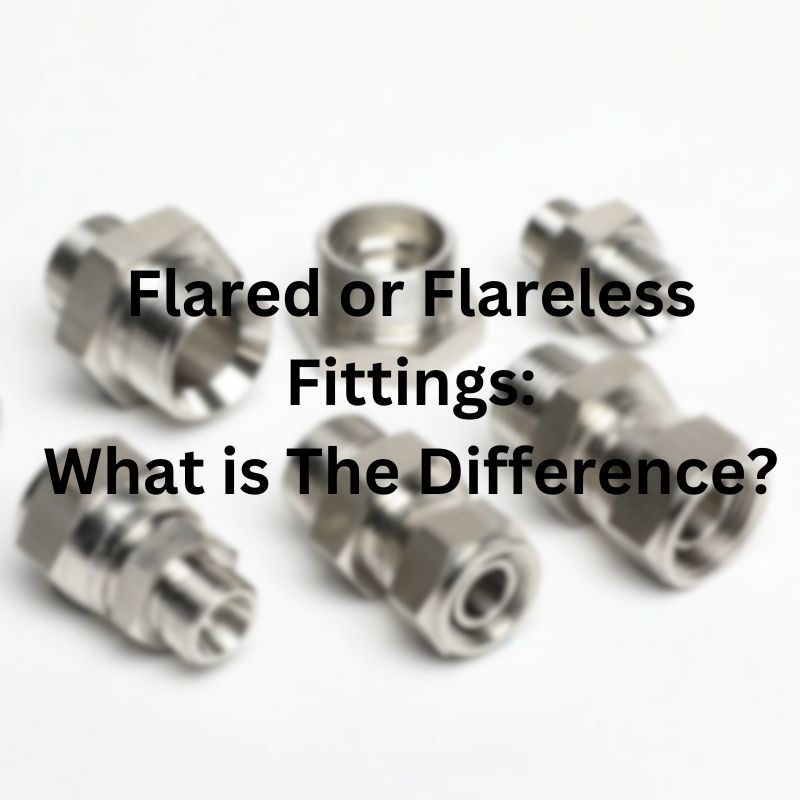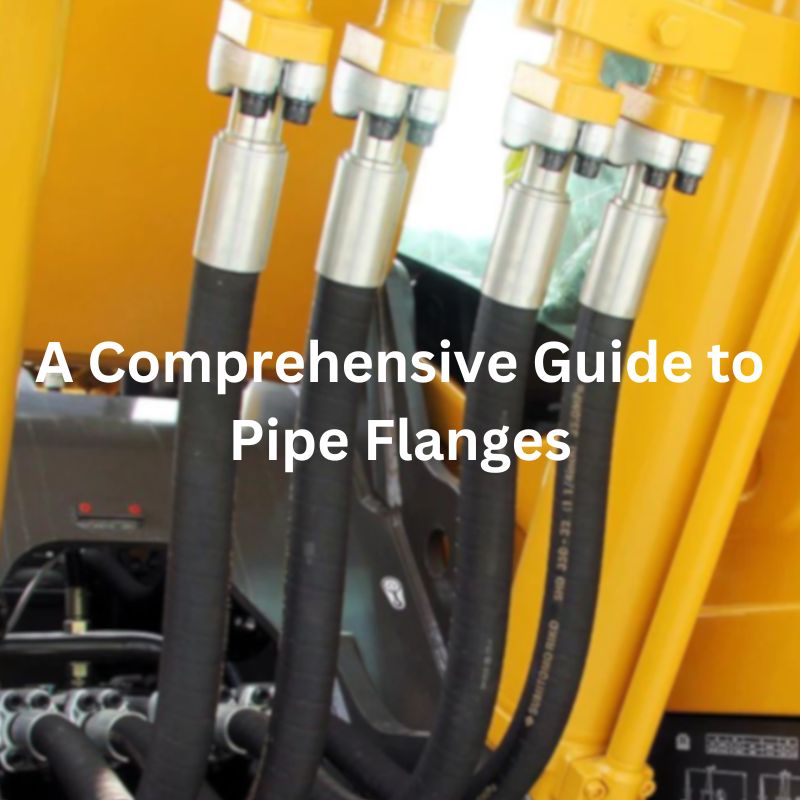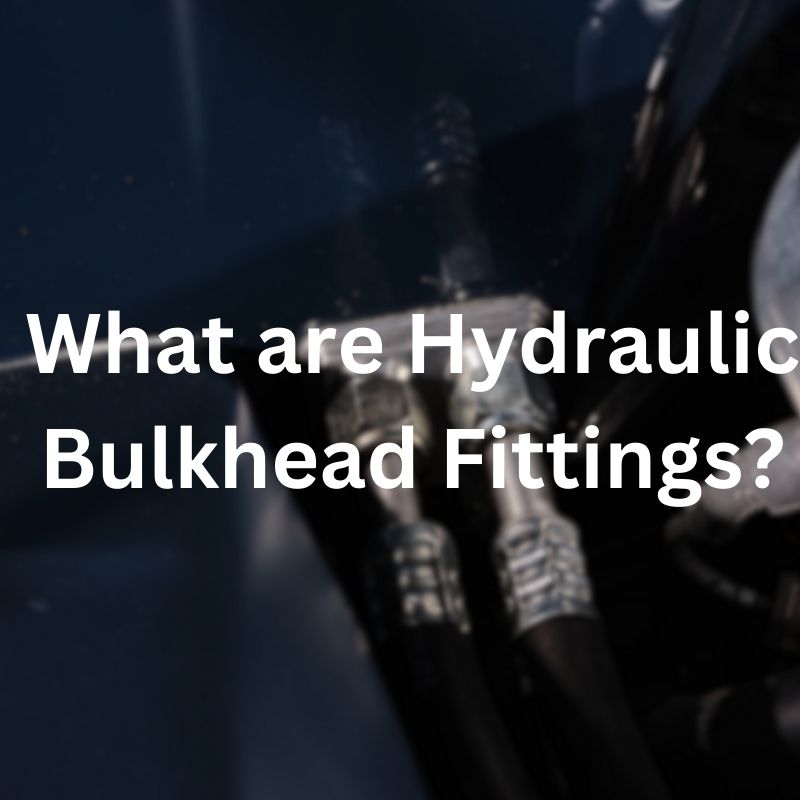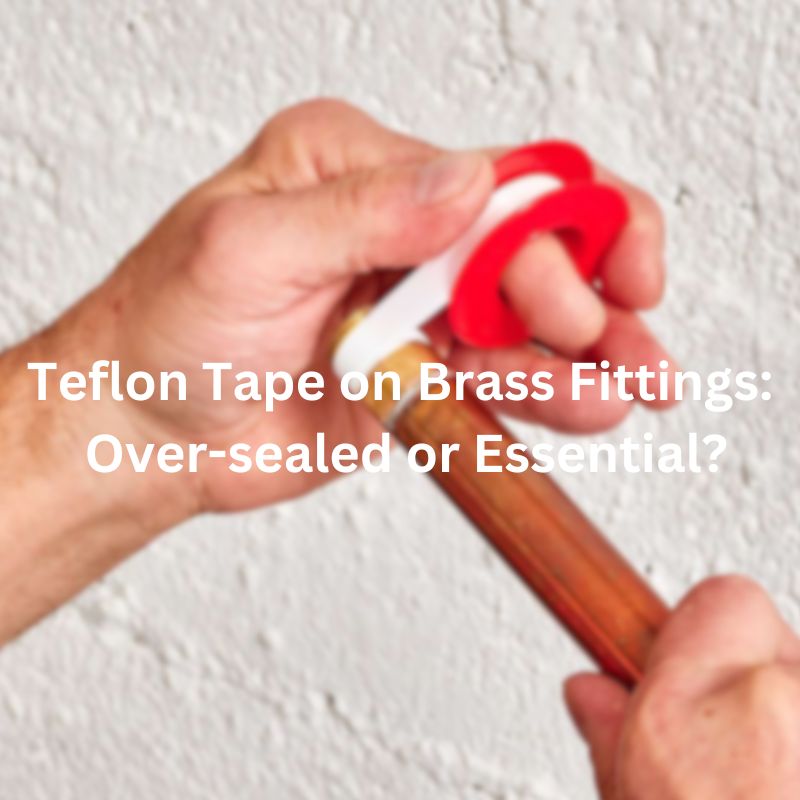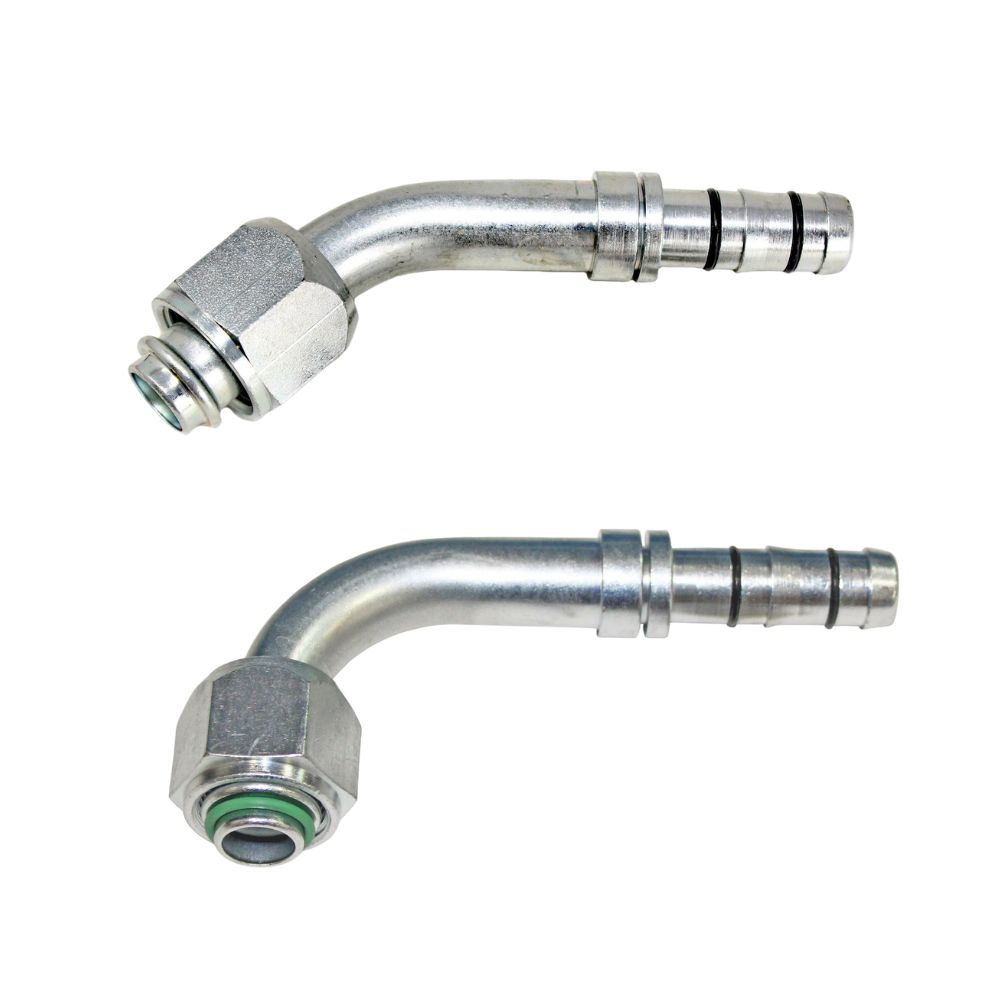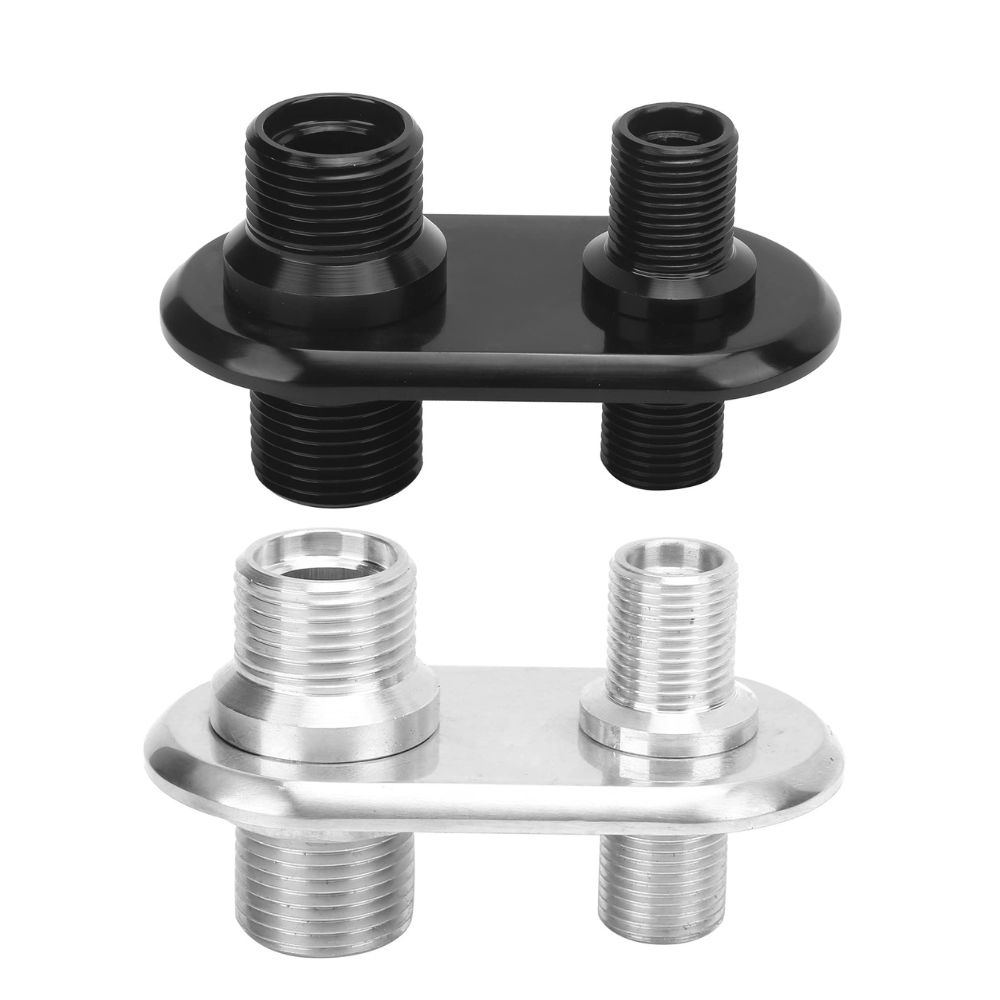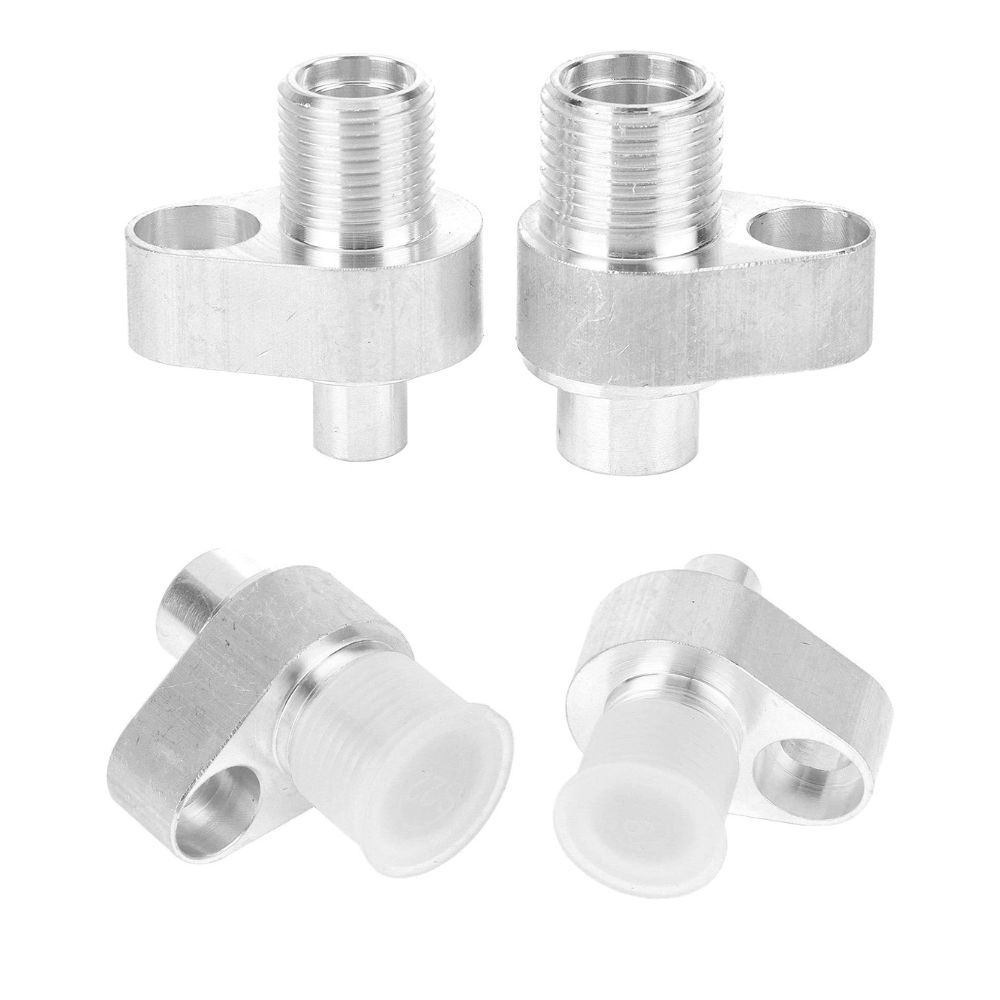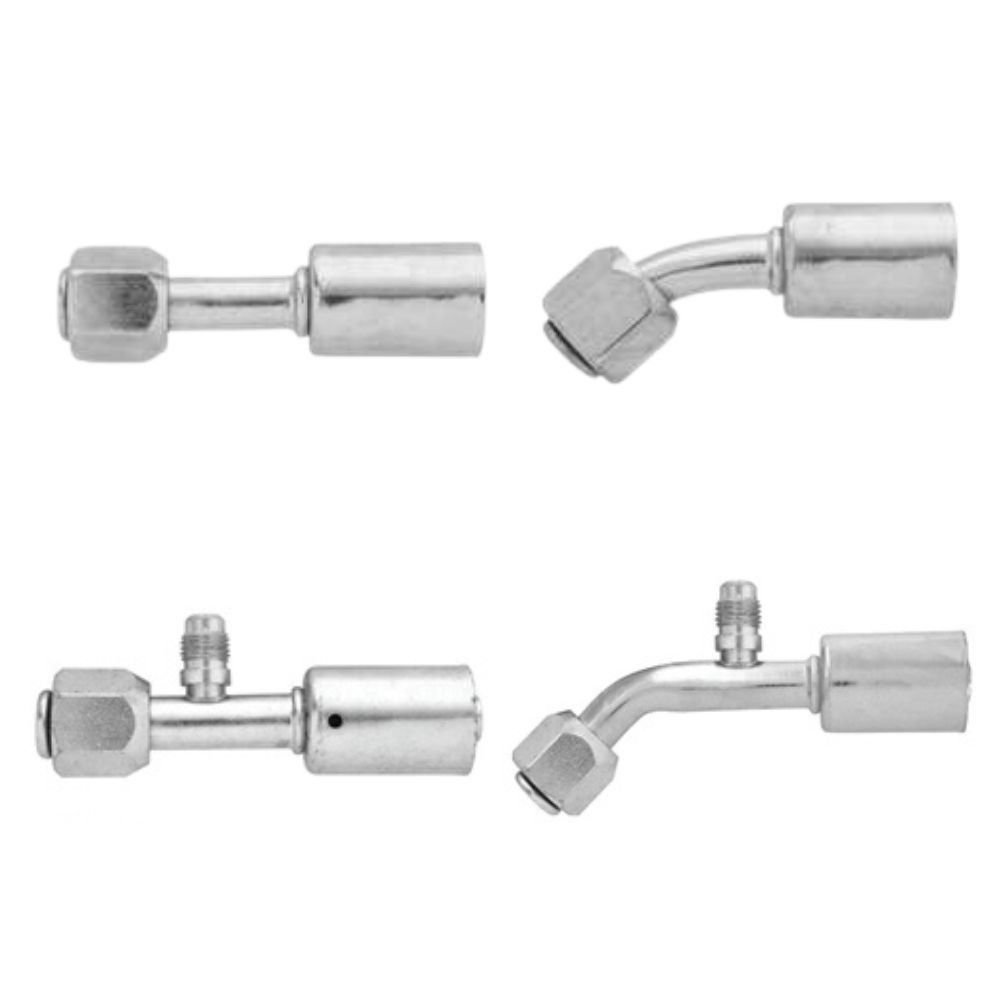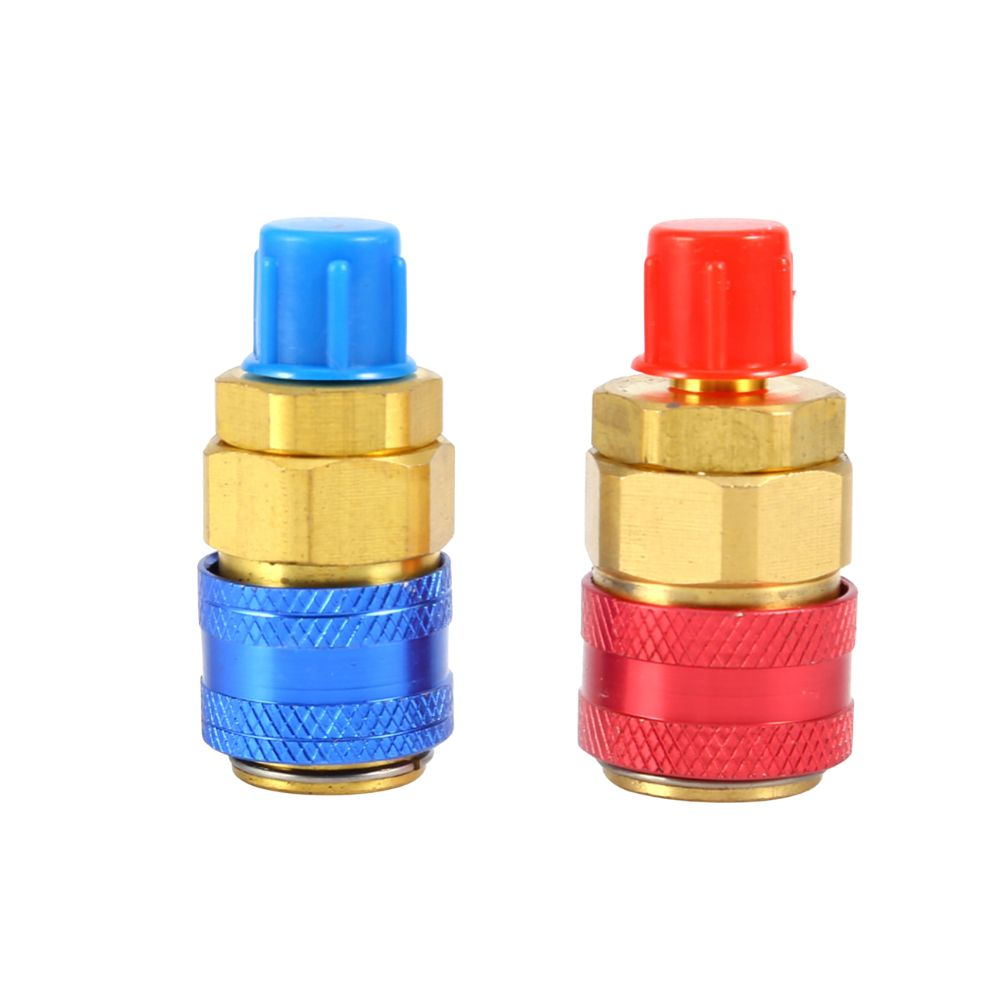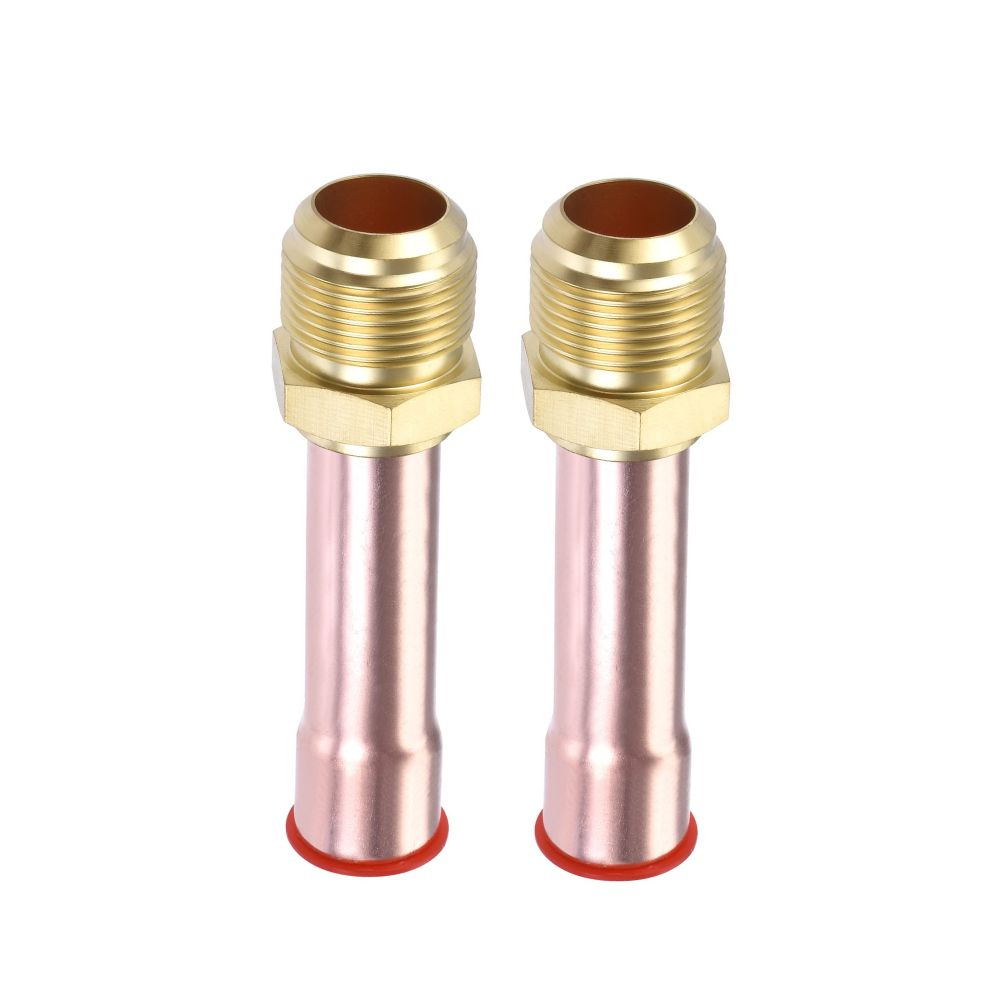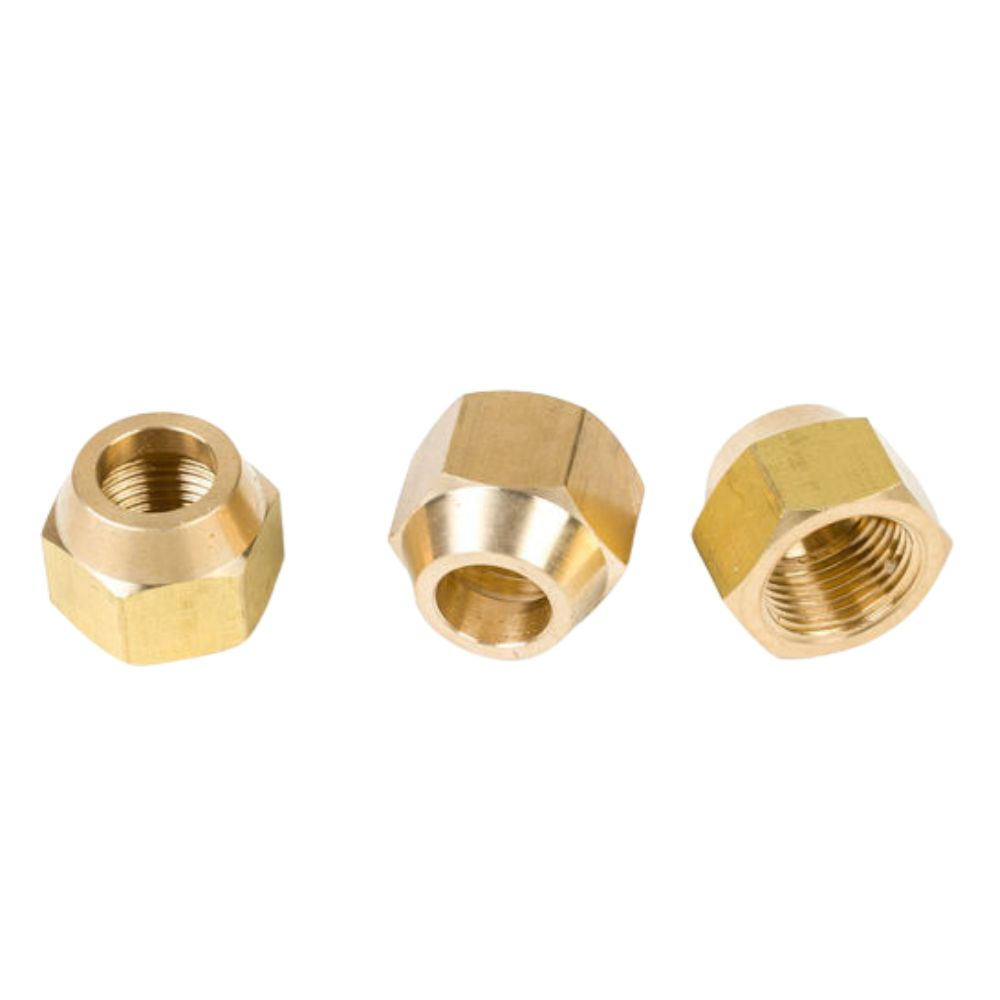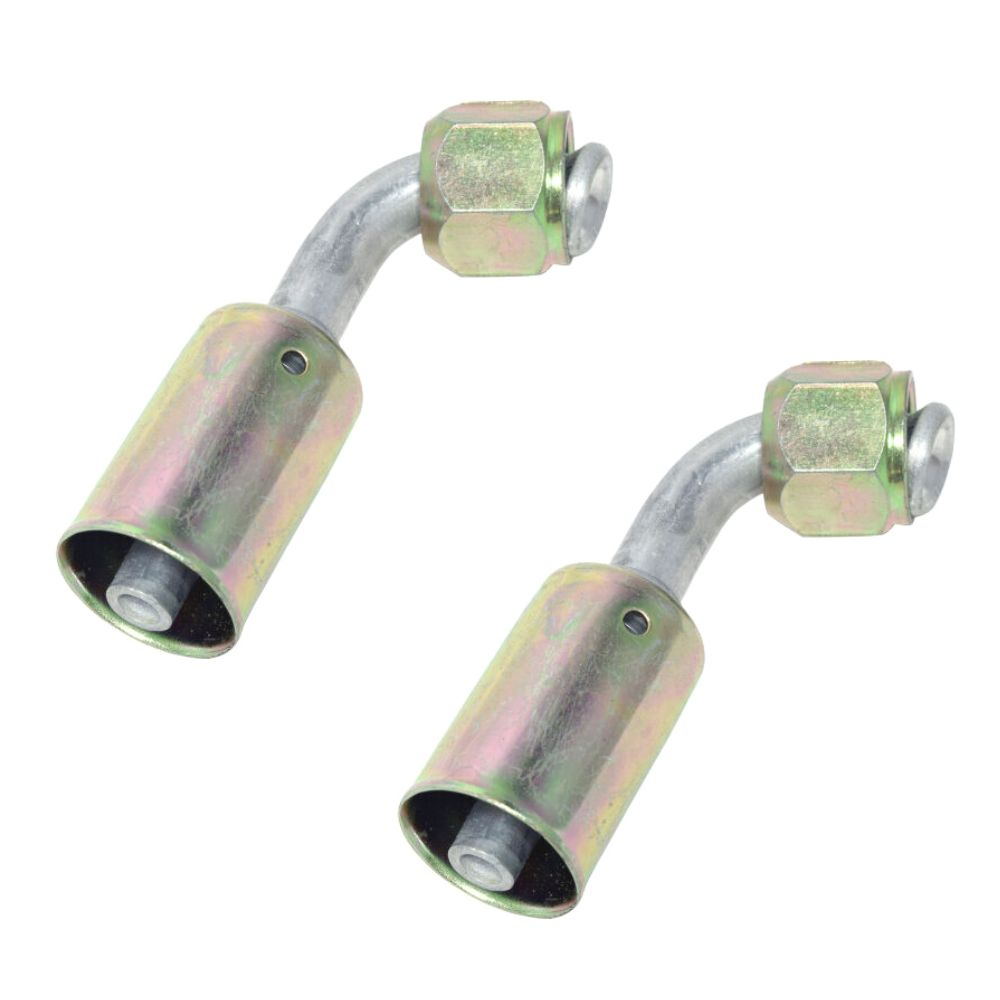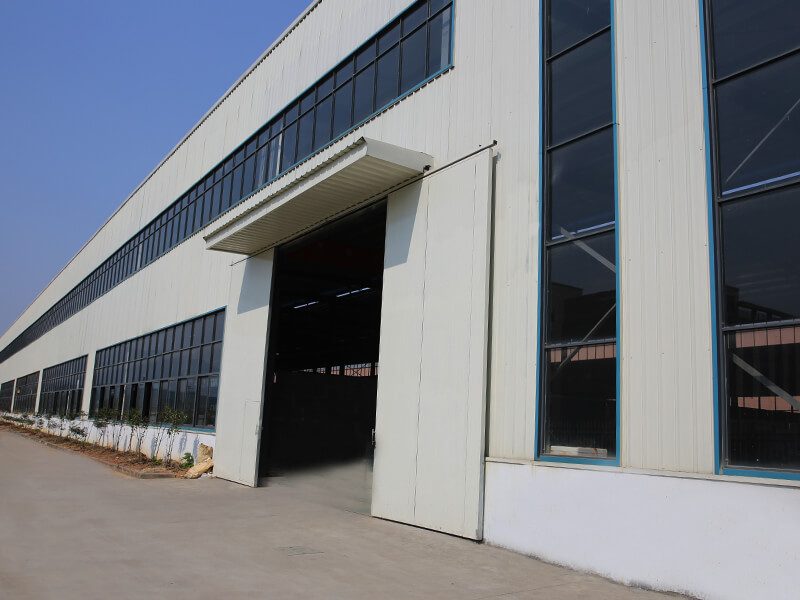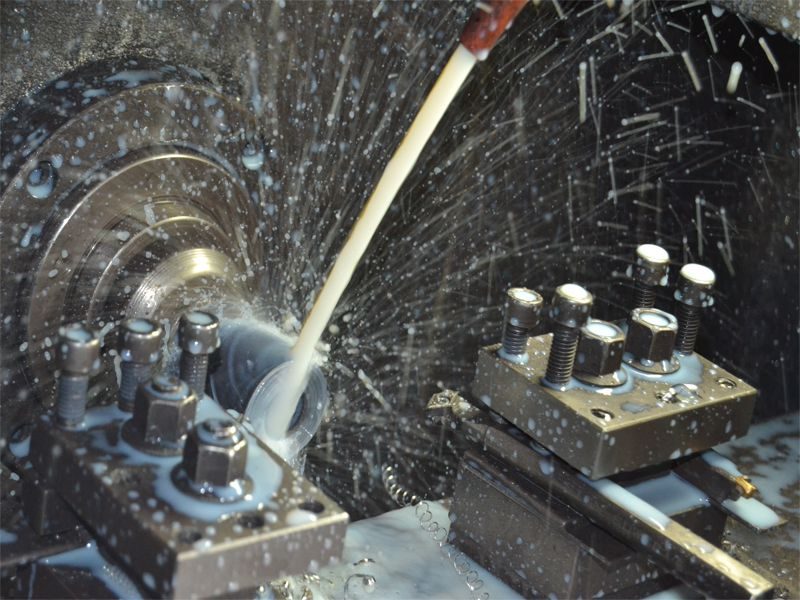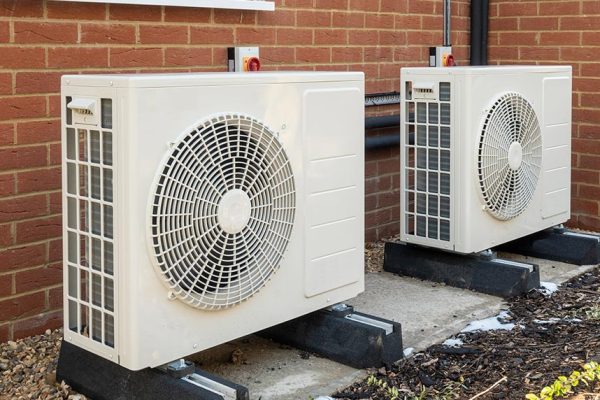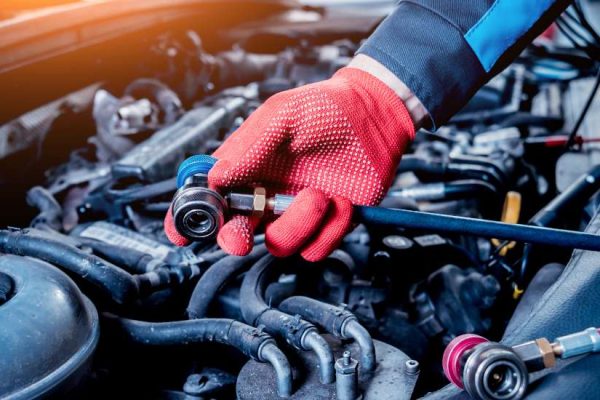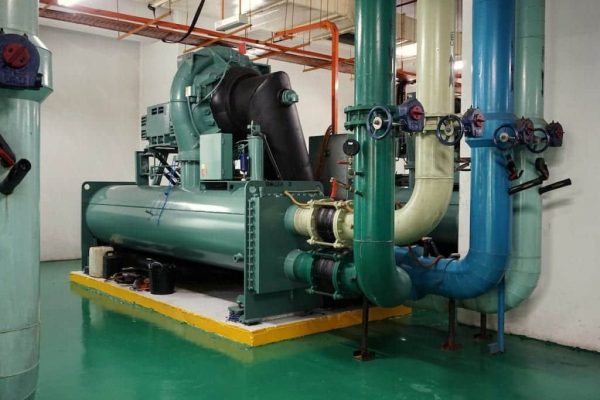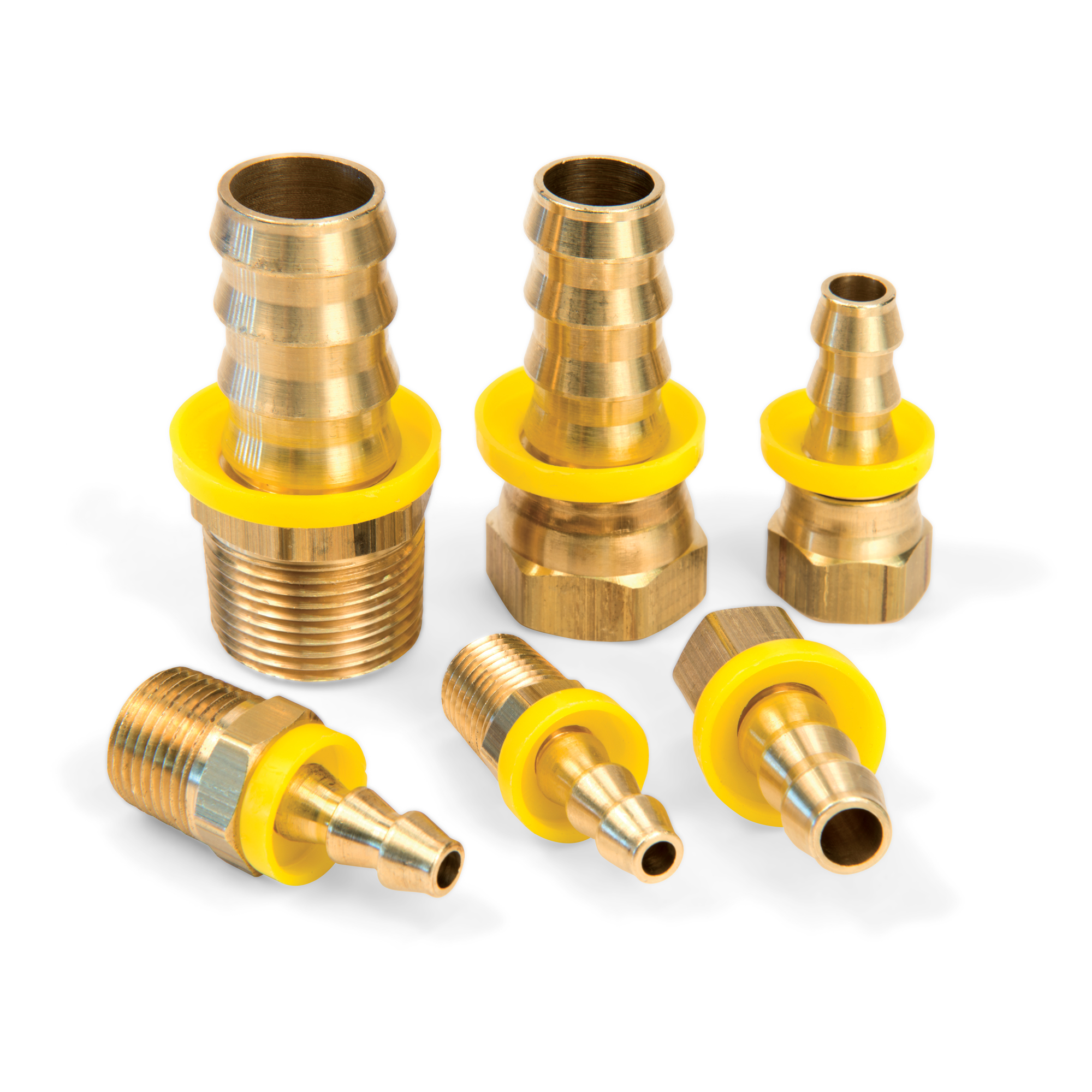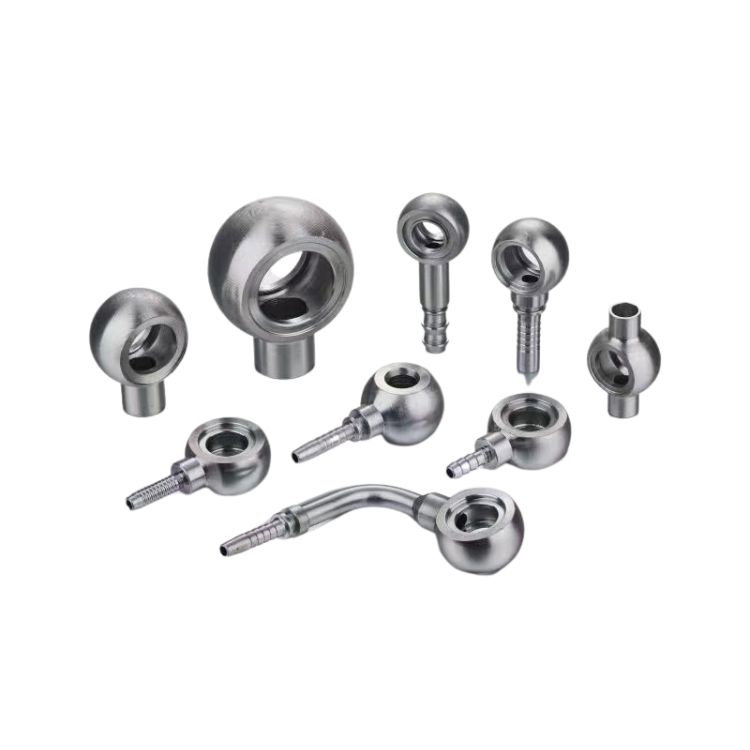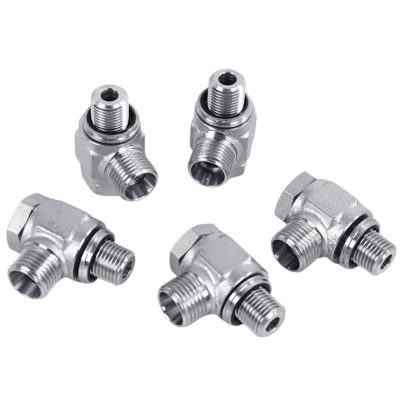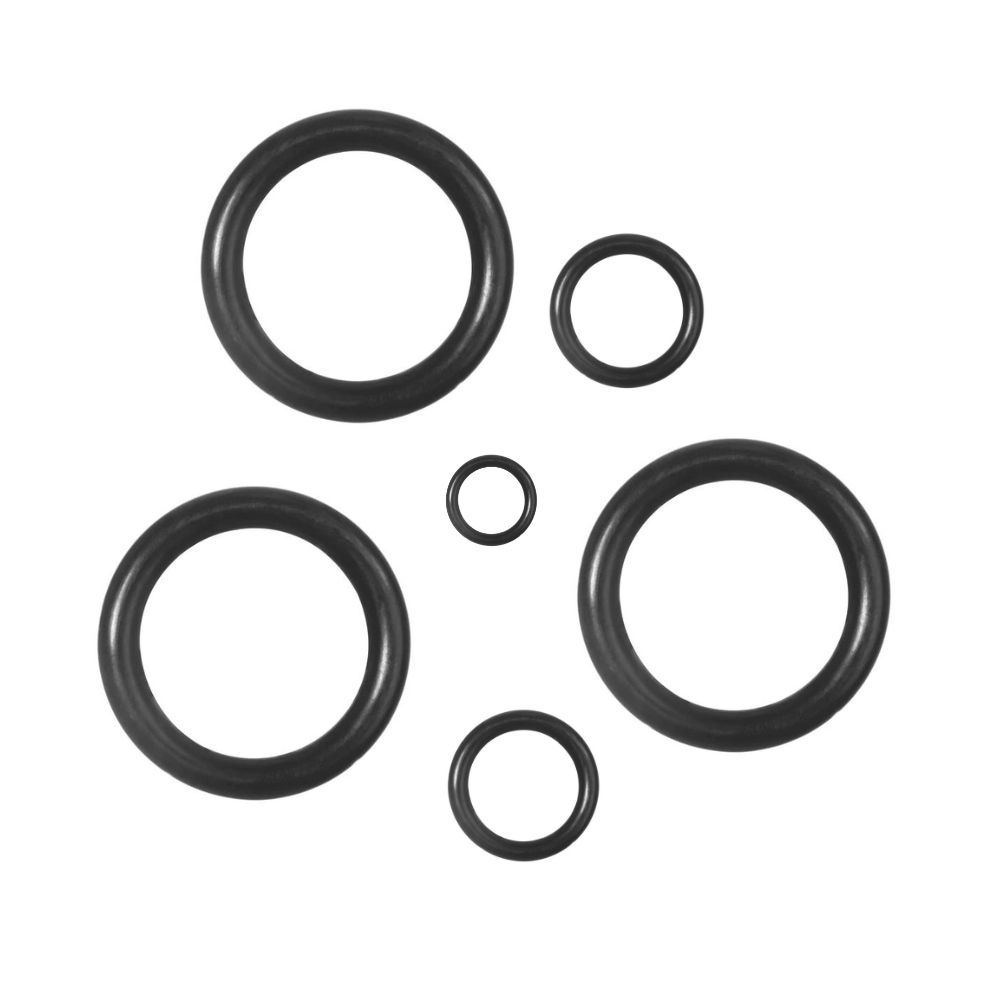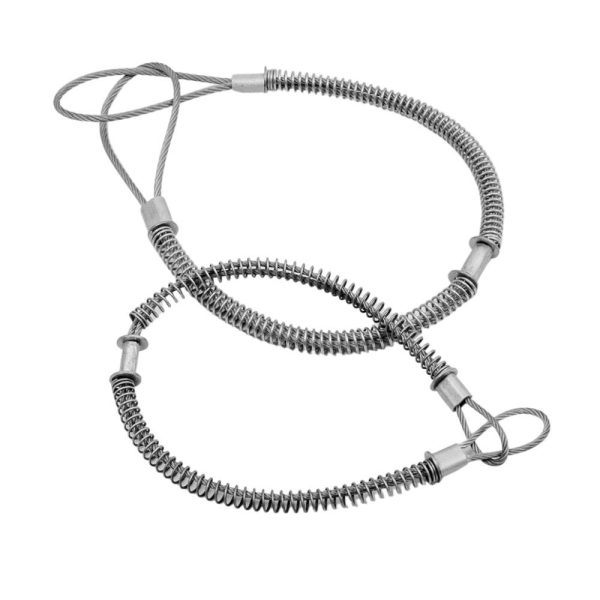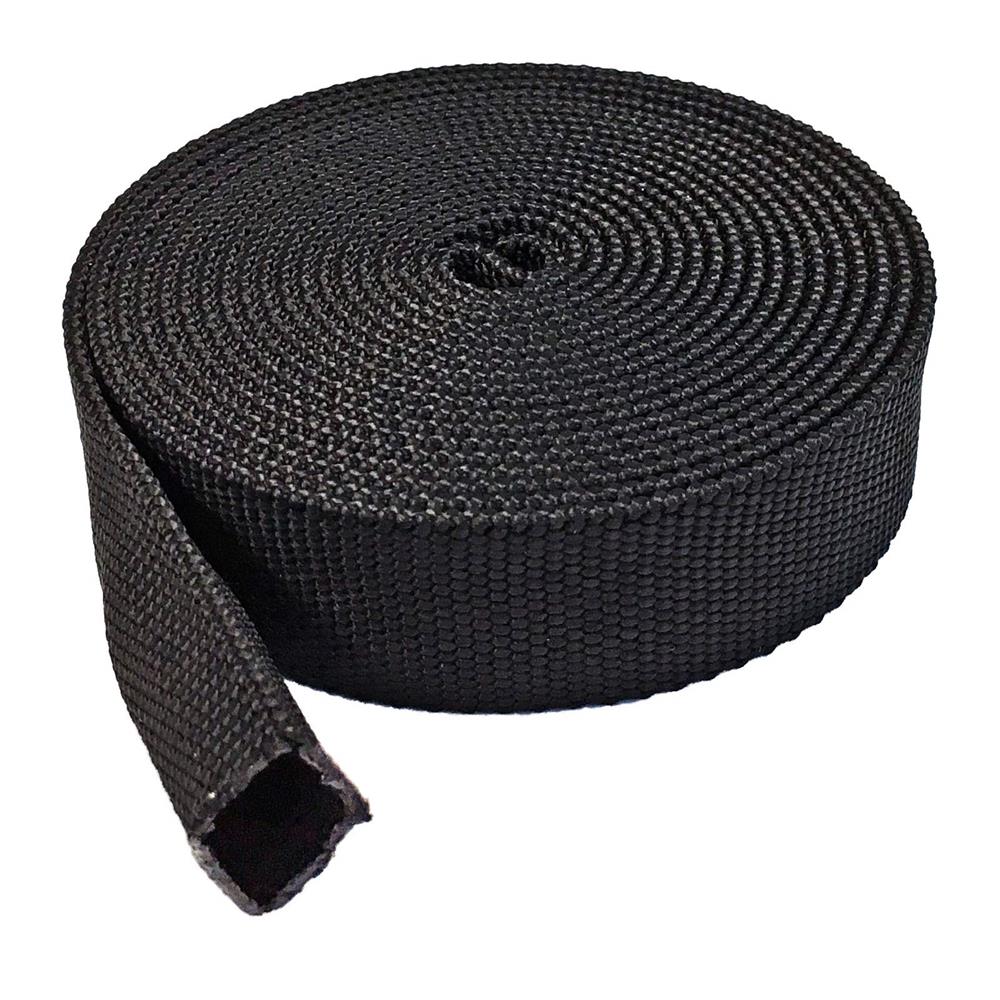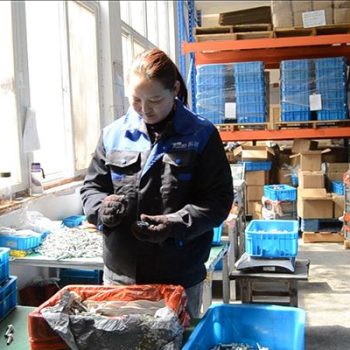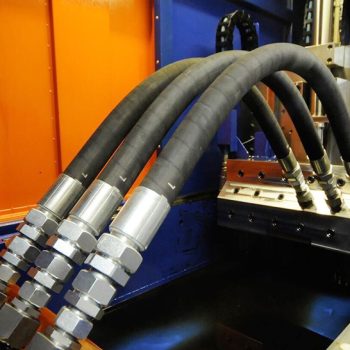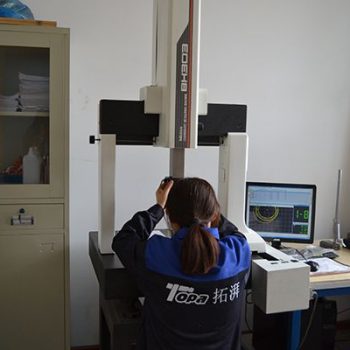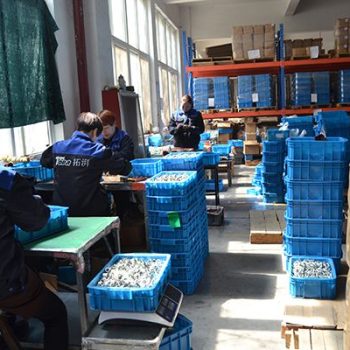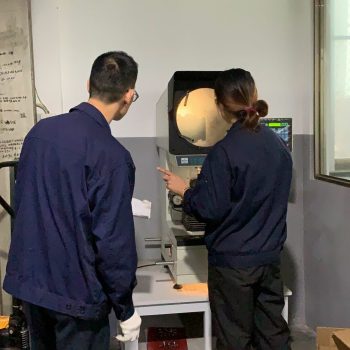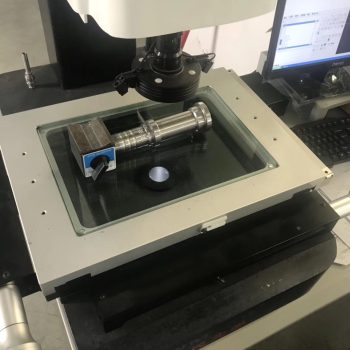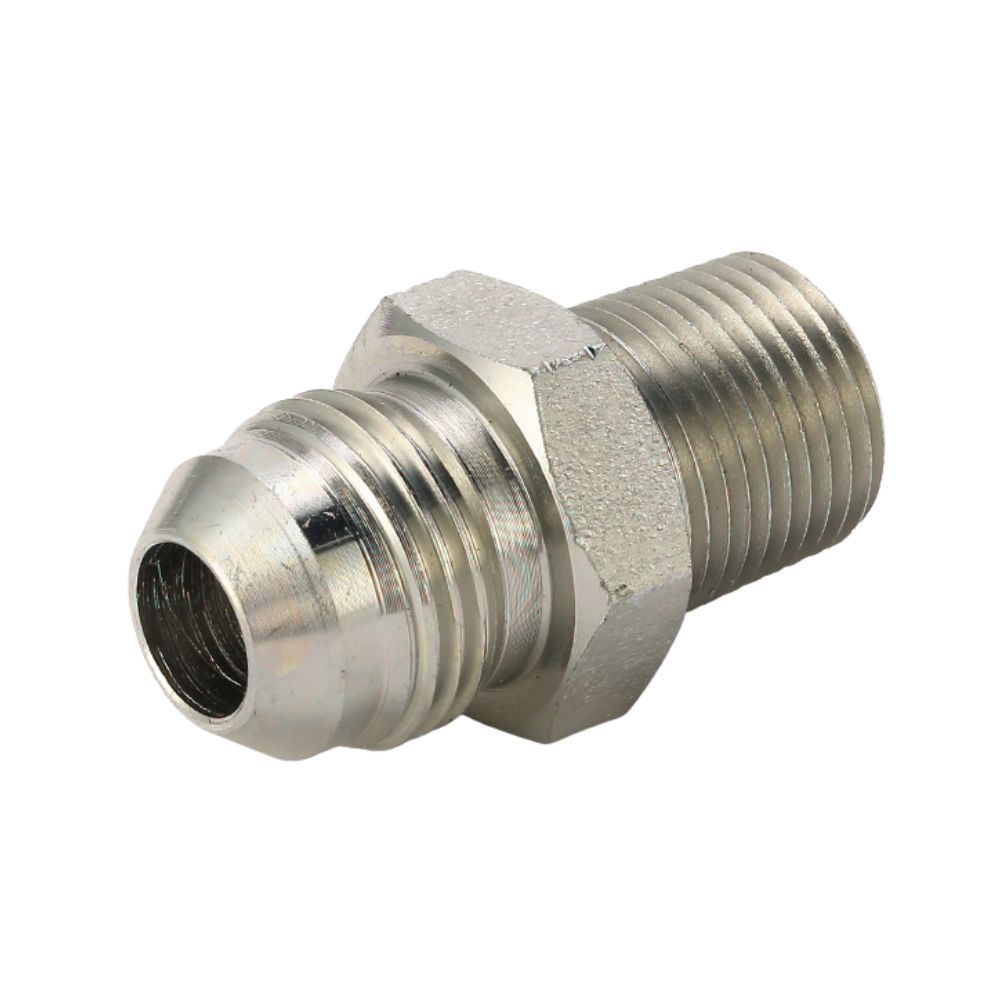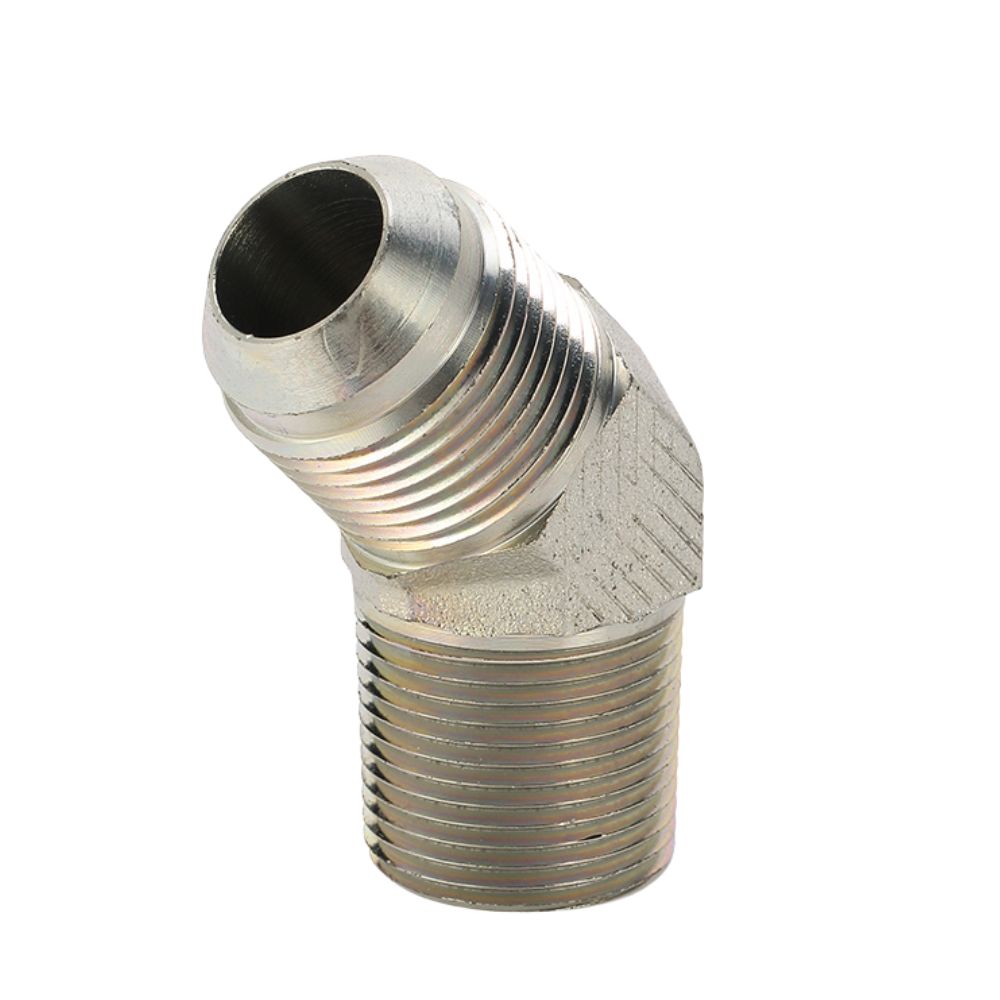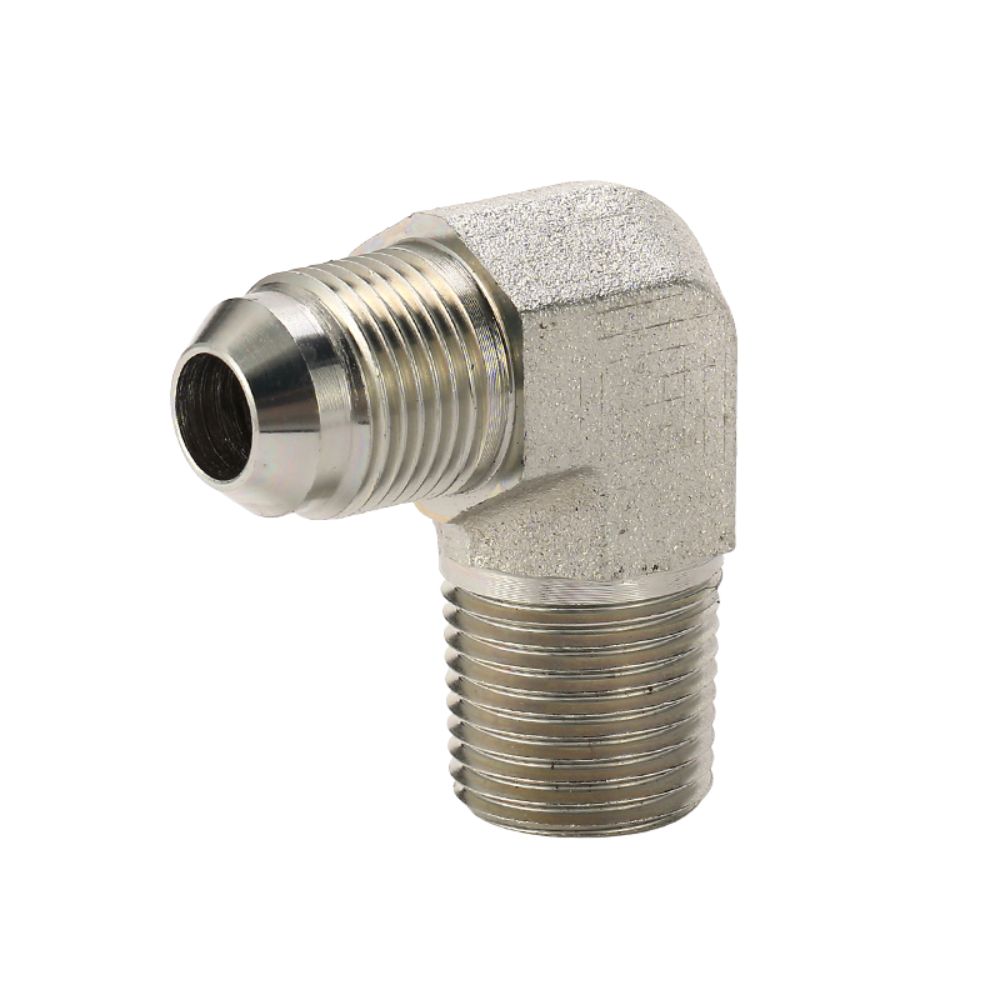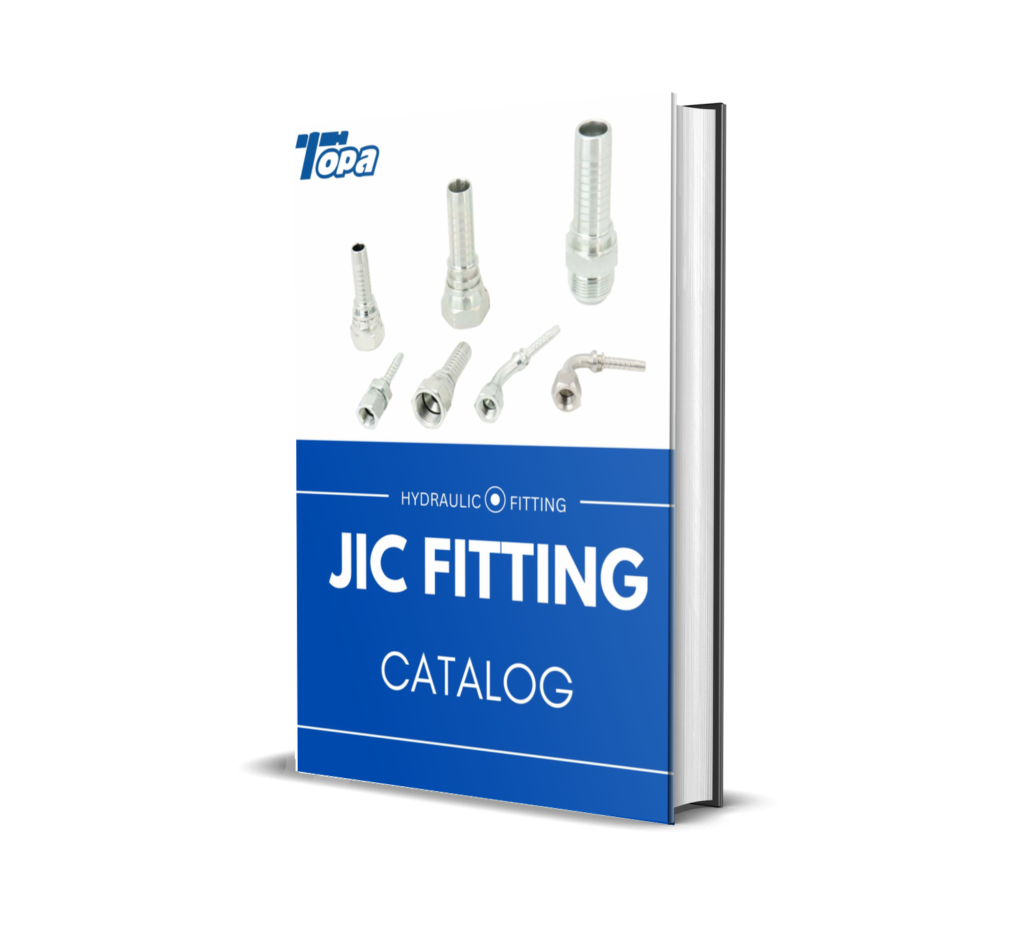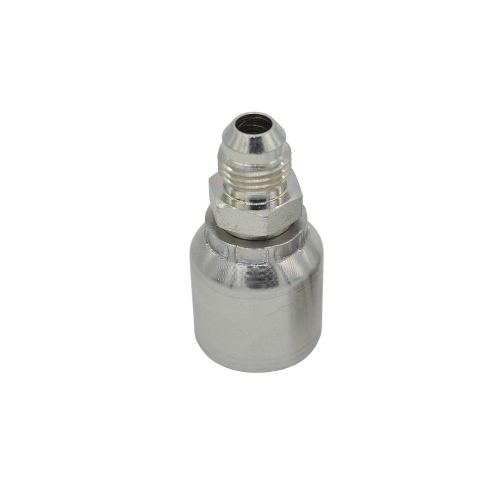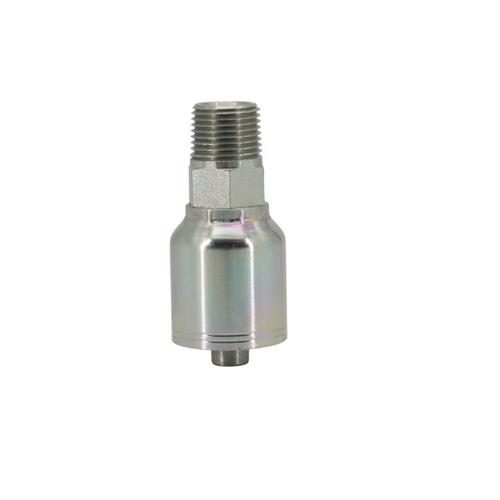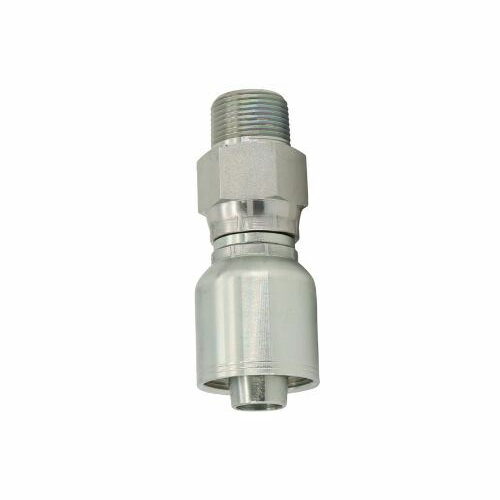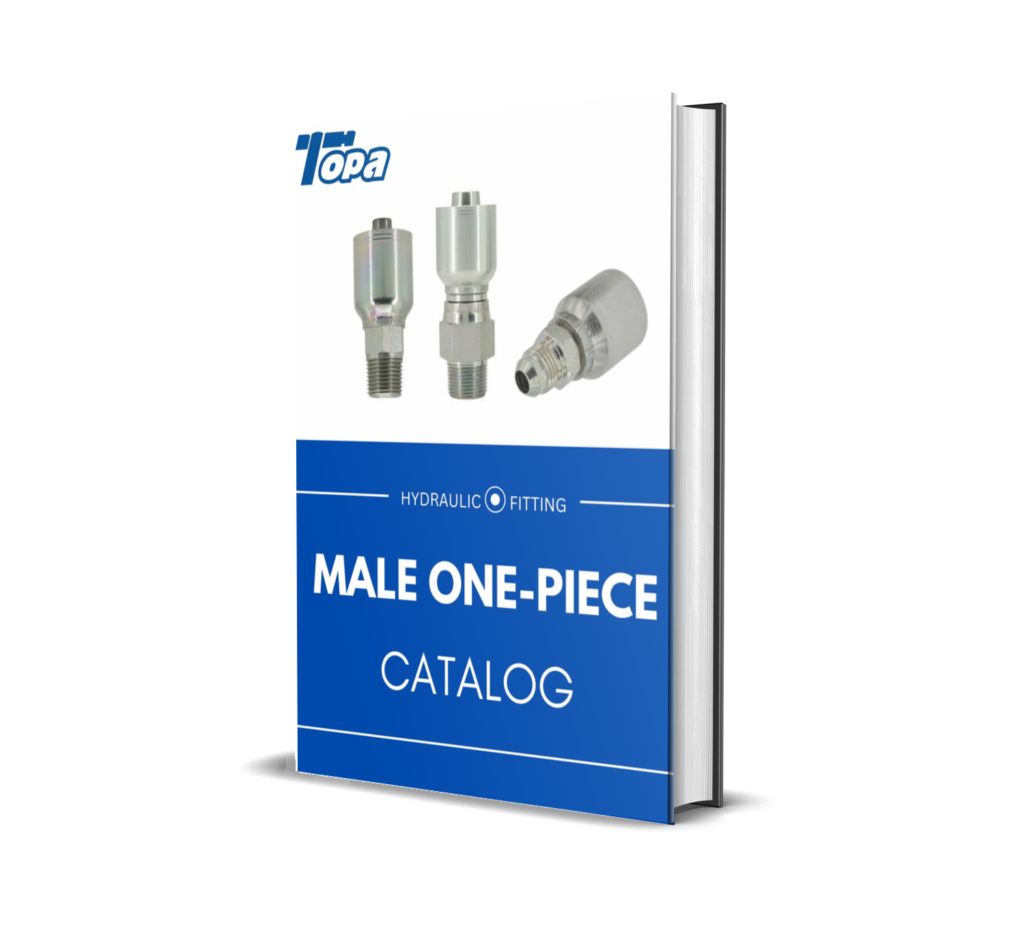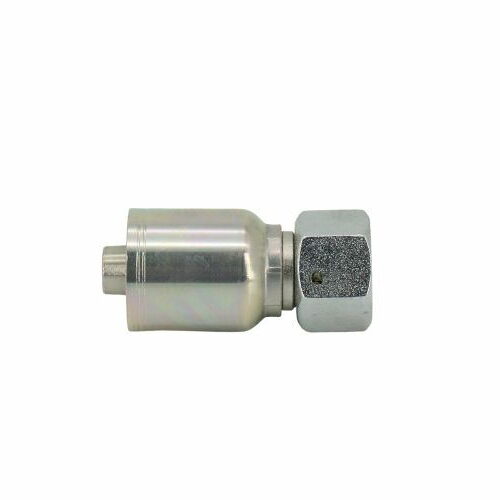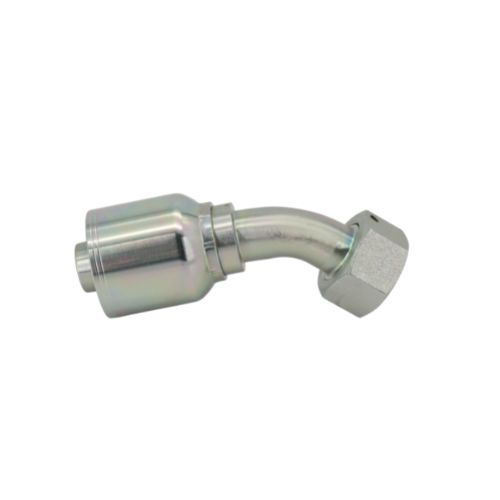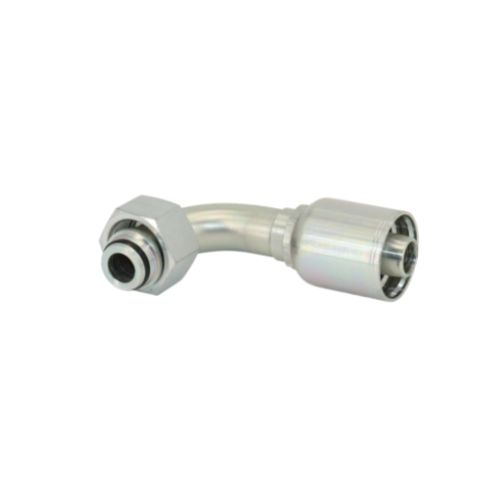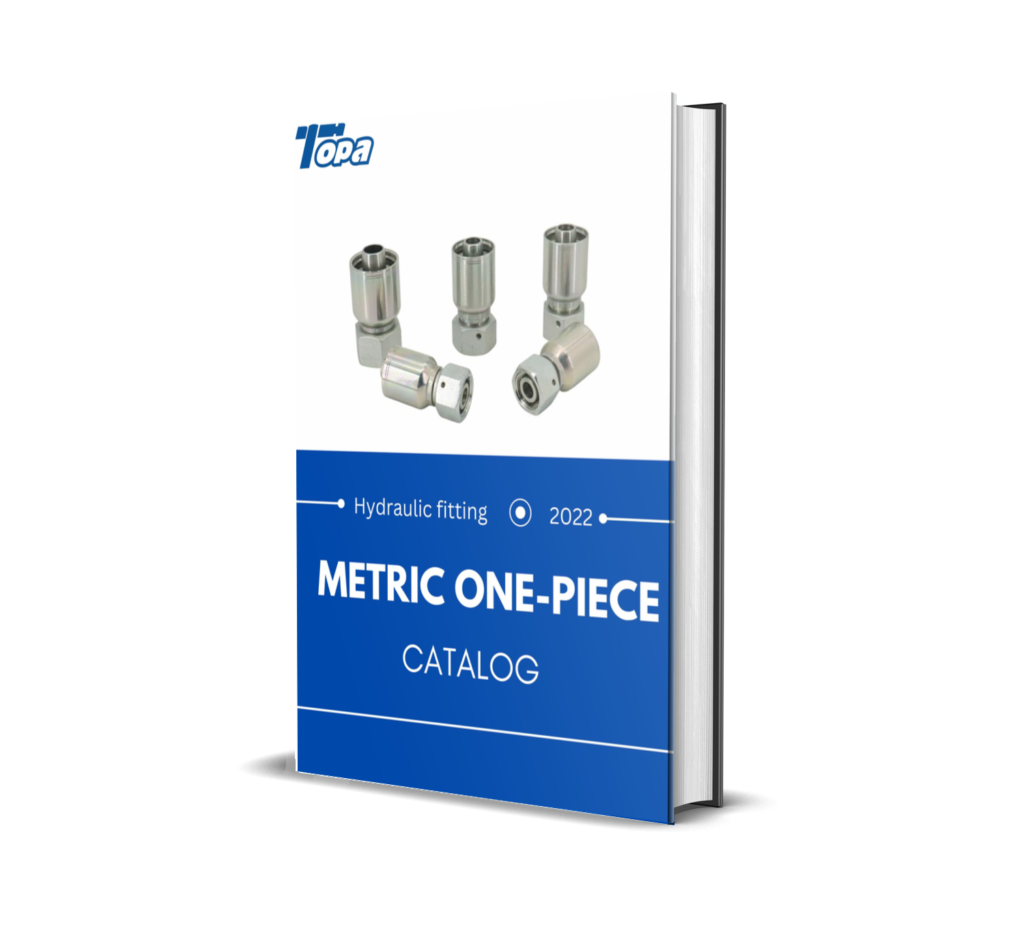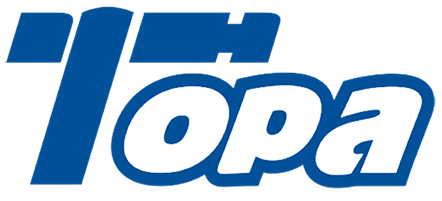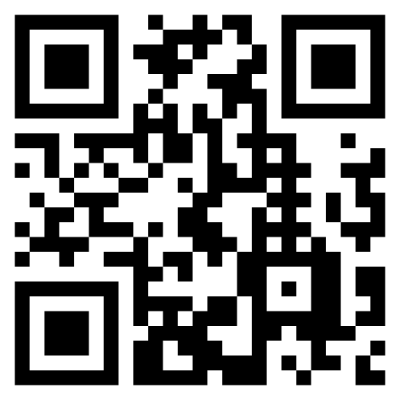Beaded Hose Fittings Manufacturer in China
Durable
Easy to operate
Affordable price
High quality
Beaded Hose Fittings Manufacturer in China
Beaded fittings have a tube on one end and a bulge on the back of the tube. This type of fitting requires hose clamps to be used with the hose. Topa offers a wide range of beaded hose fittings for low-pressure applications.
Beaded Hose Fittings Product List
Beaded hose fittings are used in low-pressure applications to connect hoses or pipes together in fluid systems. There are different types of beaded hose fittings, including straight types, elbow types, T-types, etc. Each type of fitting has a specific purpose in the system in which it is used. You can check the pictures below!
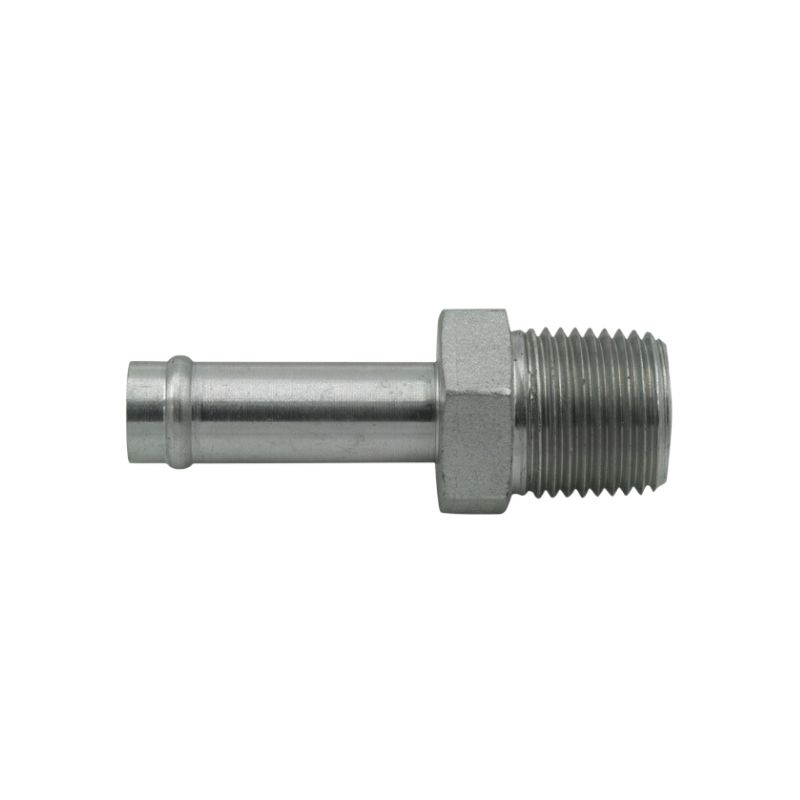
4404
Beaded Hose to NPT pipe thread.
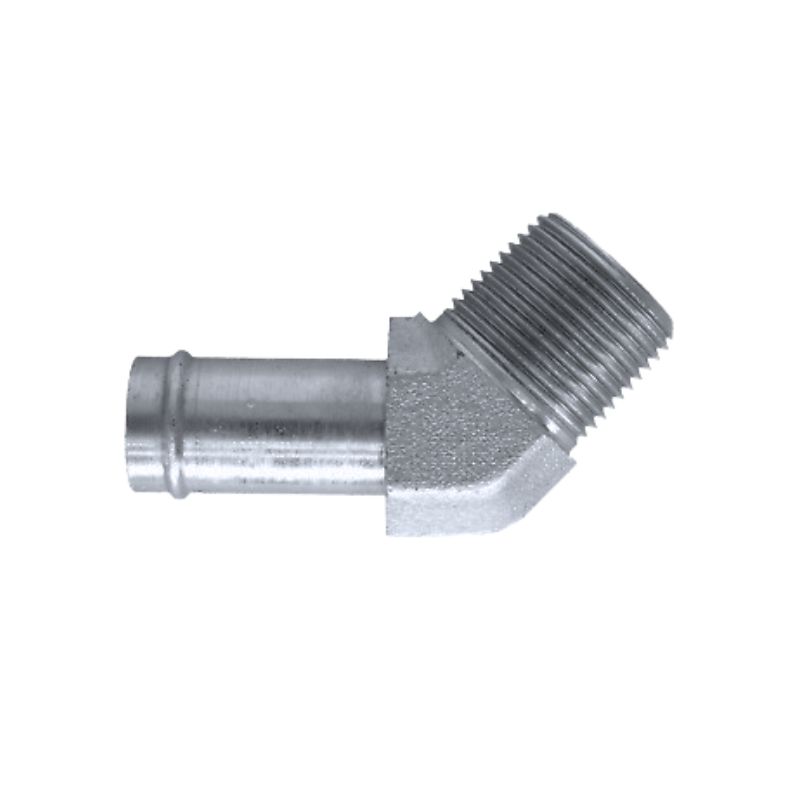
4503
Beaded Hose to Pipe Elbow 45°, NPTF thread.
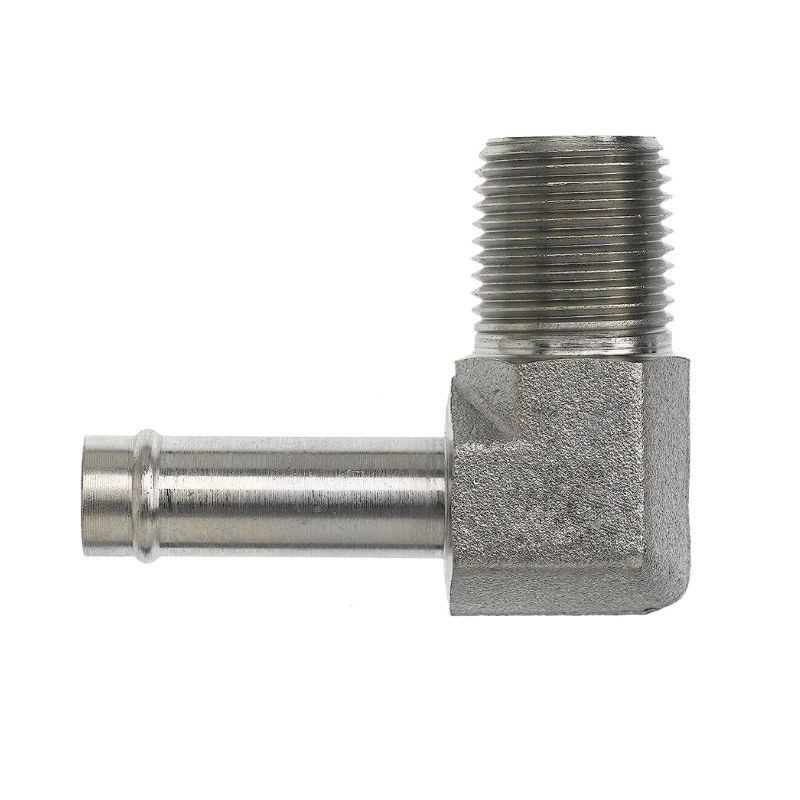
4501
Beaded Hose to Pipe Elbow 90°, NPTF thread.
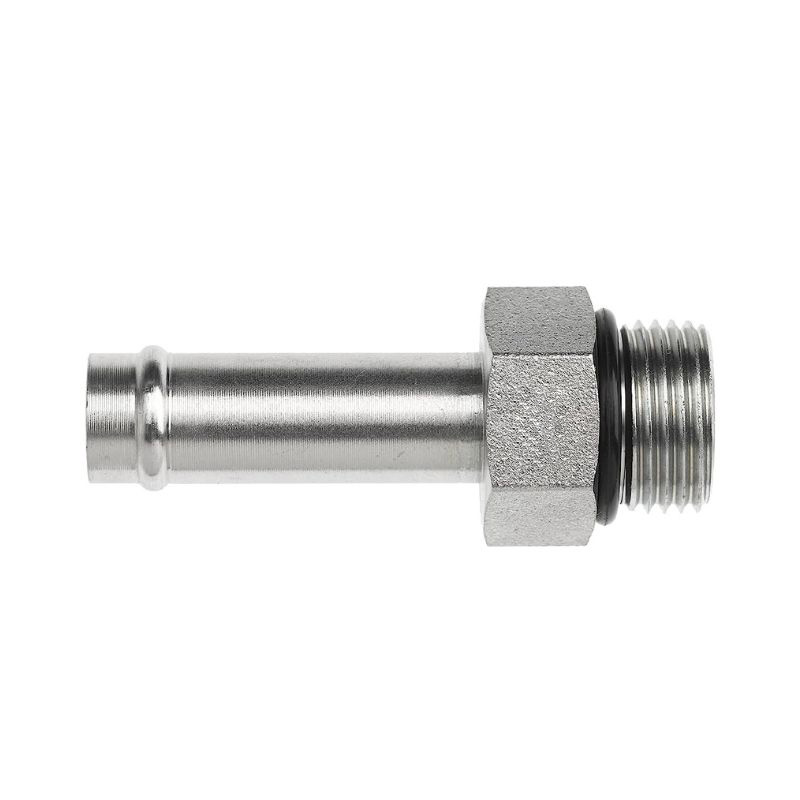
4604
Beaded Hose to SAE O-Ring.
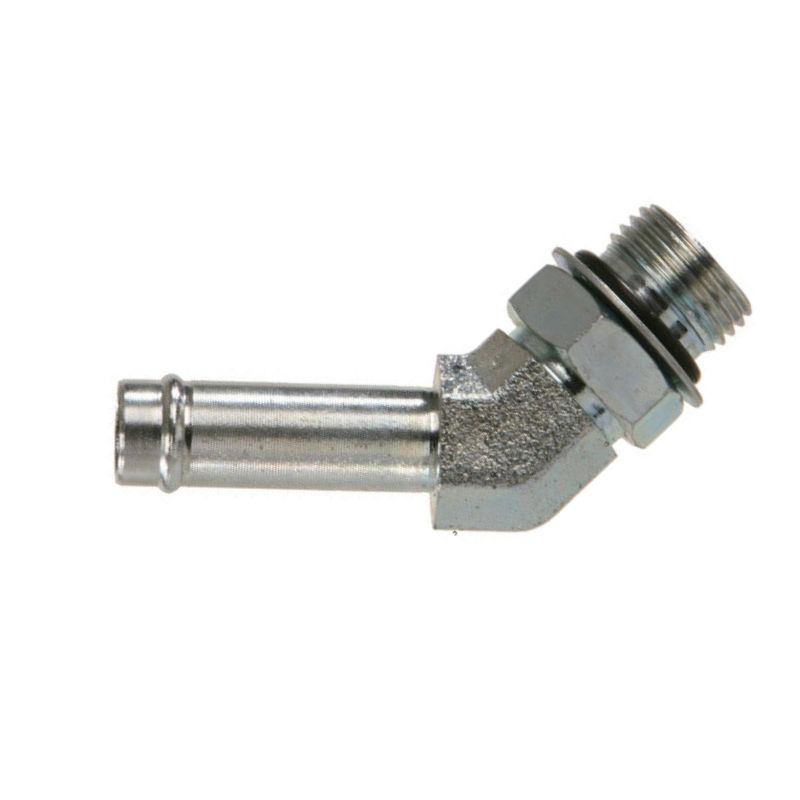
4603
Beaded Hose to SAE O-Ring Elbow 45°.
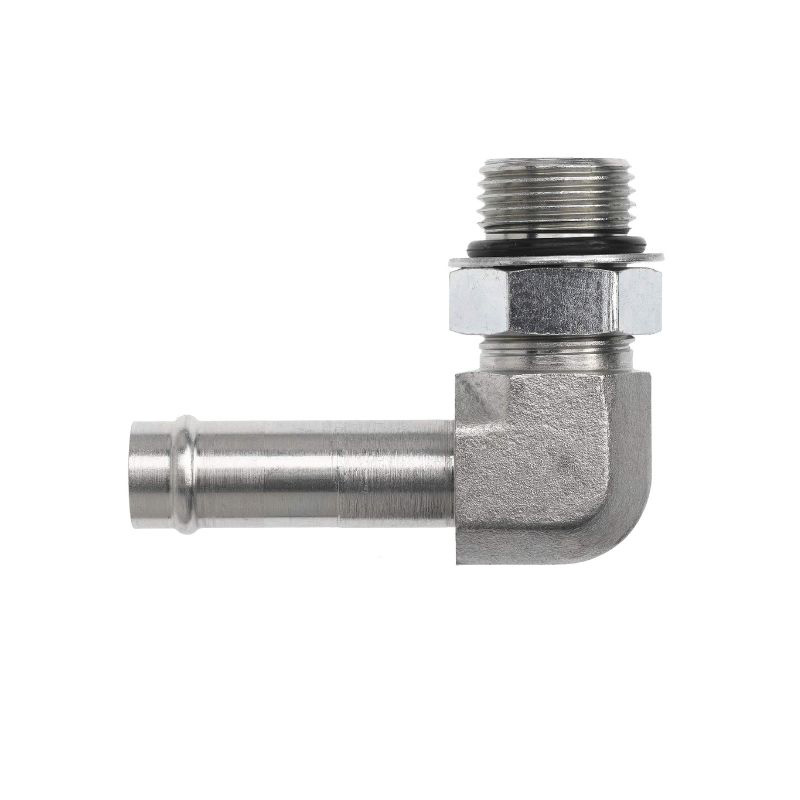
4601
Beaded Hose to SAE O-Ring Elbow 90°.
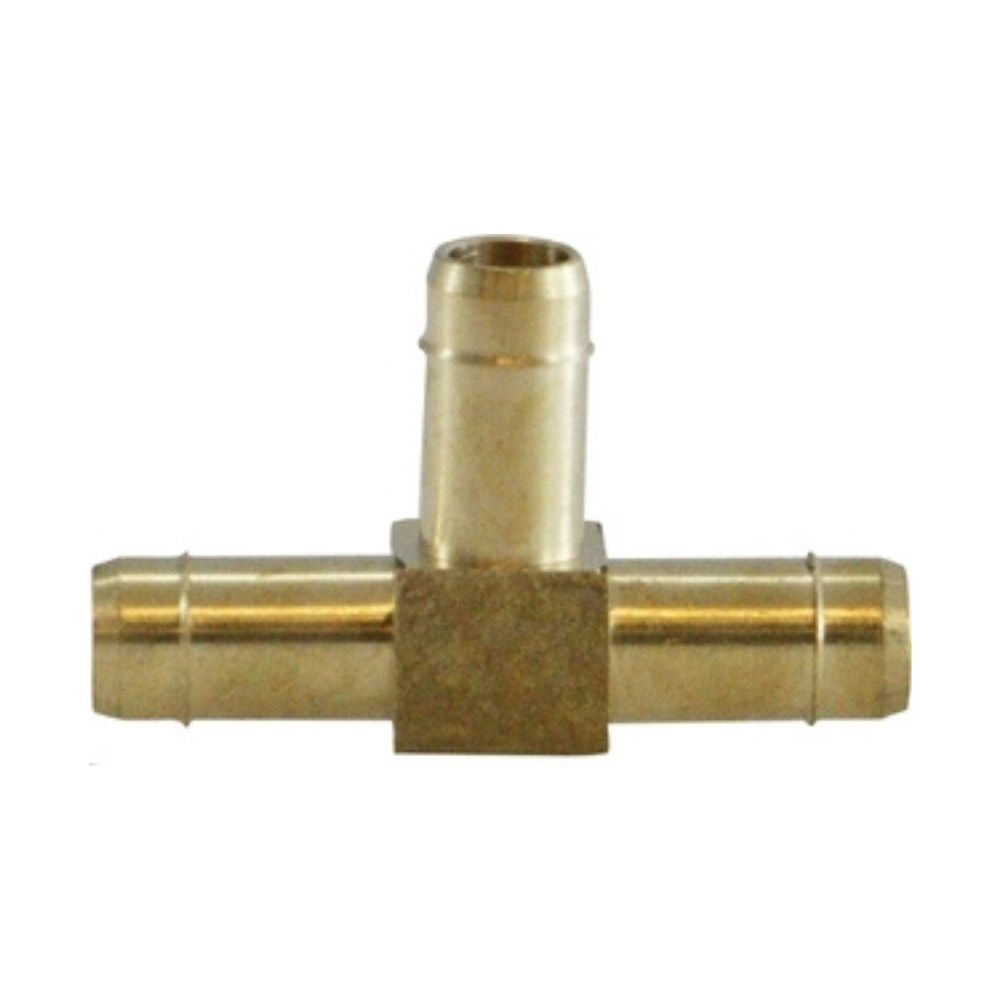
4504
Beaded Hose Tee Fitting.
Beaded Hose Fittings Video
This video is about beaded hose fittings. Topa can offer all types and sizes of hydraulic beaded fittings, please contact us!
Topa hydraulic fittings
Topa has professional fitting production, quality inspection, and packaging processes. And we also provide custom hydraulic fittings, welcome to order.
Your Reliable Beaded Hose Fittings Manufacturer
Beaded hose fittings are specially constructed in that they are designed with an end with a barb. The barb will catch the inside of the hose and then with the help of the hose clamp, it will prevent the hose from slipping off.
The material of the bead fitting is determined by the environment, and the common fitting materials are brass, stainless steel, and carbon steel. In order to ensure that the hose will not slip off, the size of the beaded hose fitting should be in line with the size of the hose.
Advantages of Topa bead fittings:
- Durable
- Corrosion resistant
- Standard size
- High-quality materials
- Affordable
Why choose us
As a company specializing in the manufacture of hydraulic fittings, Topa is committed to handling every order with care and attention to detail. In our factory, we have over 50 hydraulic fittings production machines throughout the entire production process, from raw material cutting to final product adapter inspection.
We are equipped with precision testing equipment that can check the hardness, size, and rust resistance of our fittings to ensure that all the quality details you care about are strictly controlled. To ensure your confidence in our products, we can provide the necessary supporting documents such as fitting testing certificates and shipping documents. If you have any special needs, just let our staff know and they will do their best to satisfy you!
Topa has a complete logistics system, and our staff will carefully pack your shipment to ensure that every joint product is protected from damage during shipment. We will arrange shipping according to your needs and select the most appropriate and economical way for you to minimize unnecessary losses.
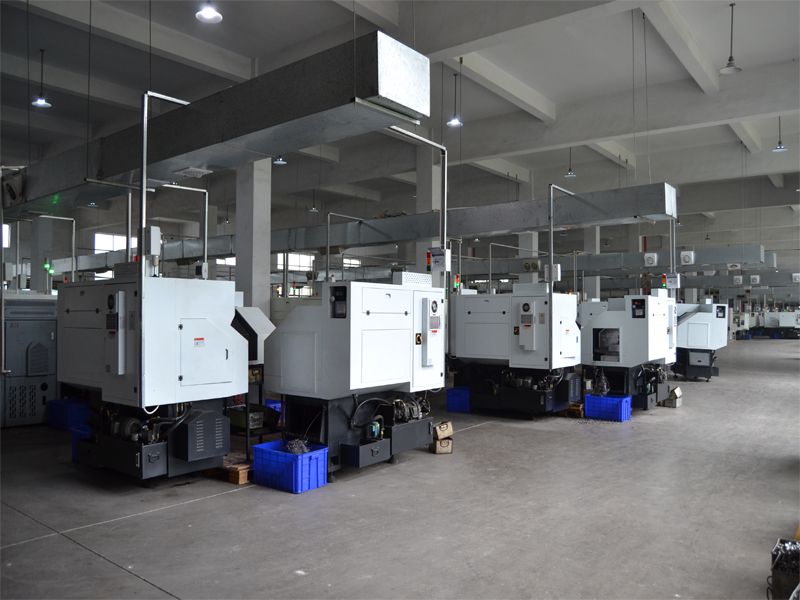
Beaded Hose Fittings Application
Beaded hose fittings are designed to allow them to withstand different low pressures and temperatures, making them suitable for many different environments and applications.
They are used in a wide variety of fluid and gas transfer systems, including automotive cooling systems, industrial hydraulic systems, marine applications, domestic water supply systems, etc.

Automotive
Beaded hose fittings are suitable for automotive cooling systems, they are simple to install and do not require much labor or effort.
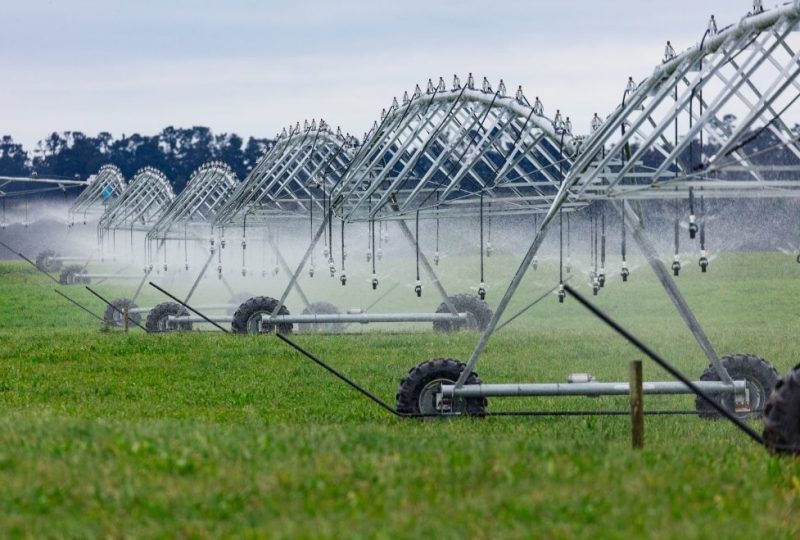
Agriculture
Bead fittings are required in areas such as irrigation systems for agriculture. Brass bead fittings are the most affordable option and they are the best choice for agricultural machinery.
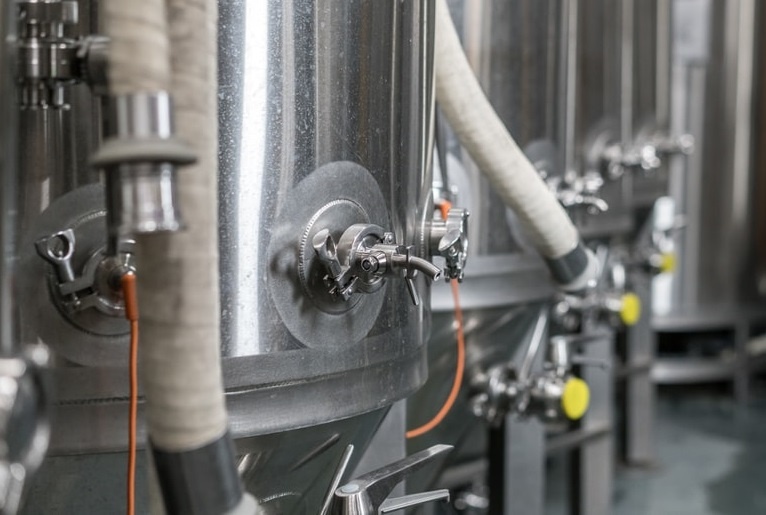
Industry
Bead adapters are low-pressure hydraulic fittings used to transport fluids. They can be used with hose clamps and do not create leaks. Contact Topa for more information!
Beaded Hose Fittings Quality Control
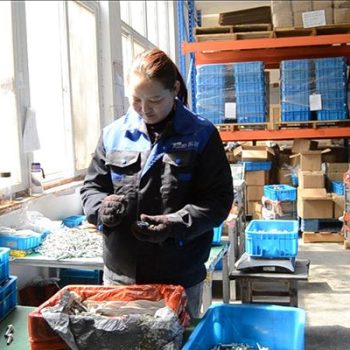

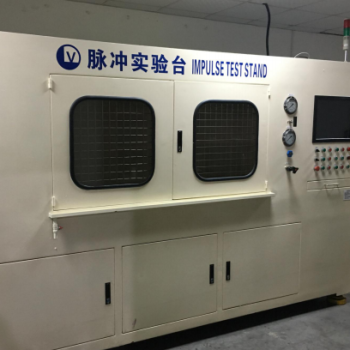


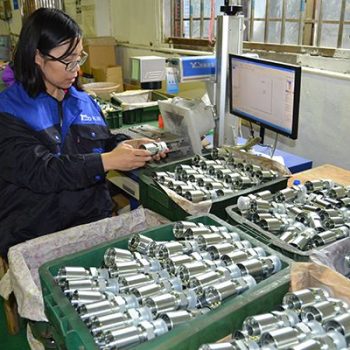
FAQ
What is a beaded hose fitting?
A beaded hose fitting is a special type of barb fitting that has a single barb on one end and can be used with a hose clamp.
What do beaded hose fittings do?
They are used to connect hoses and secure the passage of fluids.
What materials are beaded hose fittings available in?
Brass, stainless steel and carbon steel.
What threads are available for bead fittings?
NPTF, BSPT and metric threads are common.
What is the difference between a beaded fitting and a barb fitting?
A bead fitting has a single projection on the hose end, while a barb fitting has multiple projections on the hose end.
What are the advantages of bead fittings?
Bead fittings are relatively easy to install and operate.
Where can bead fittings be used?
In fluid systems for automotive, factory, and agricultural applications.
Can Topa customize beading fittings?
Yes, Topa can make custom fittings.
What is the minimum order quantity for bead fittings?
At least 100 pieces.
How long does it take to make a beaded fitting?
Normally, it takes 30-45 days to make a connector.

